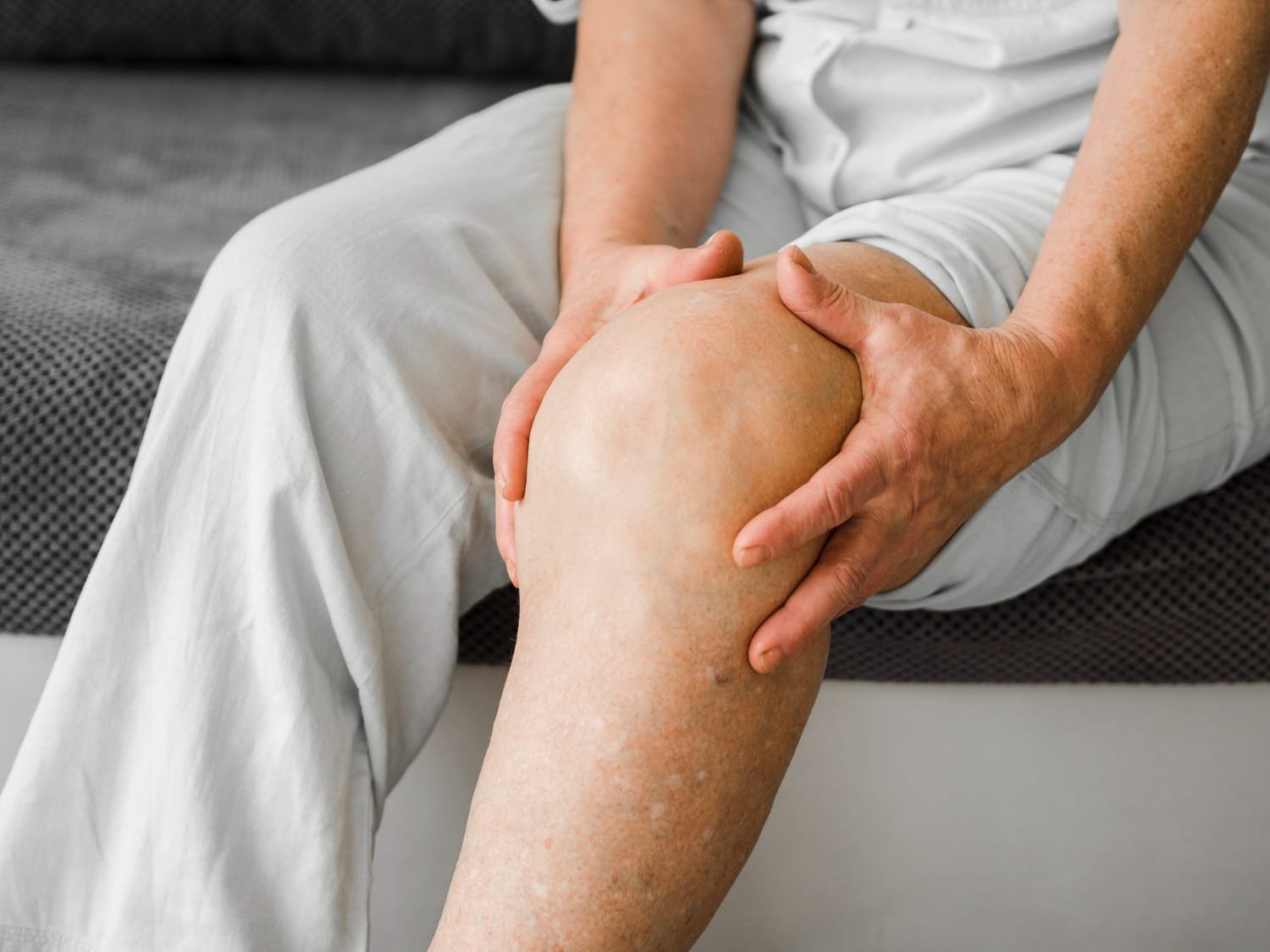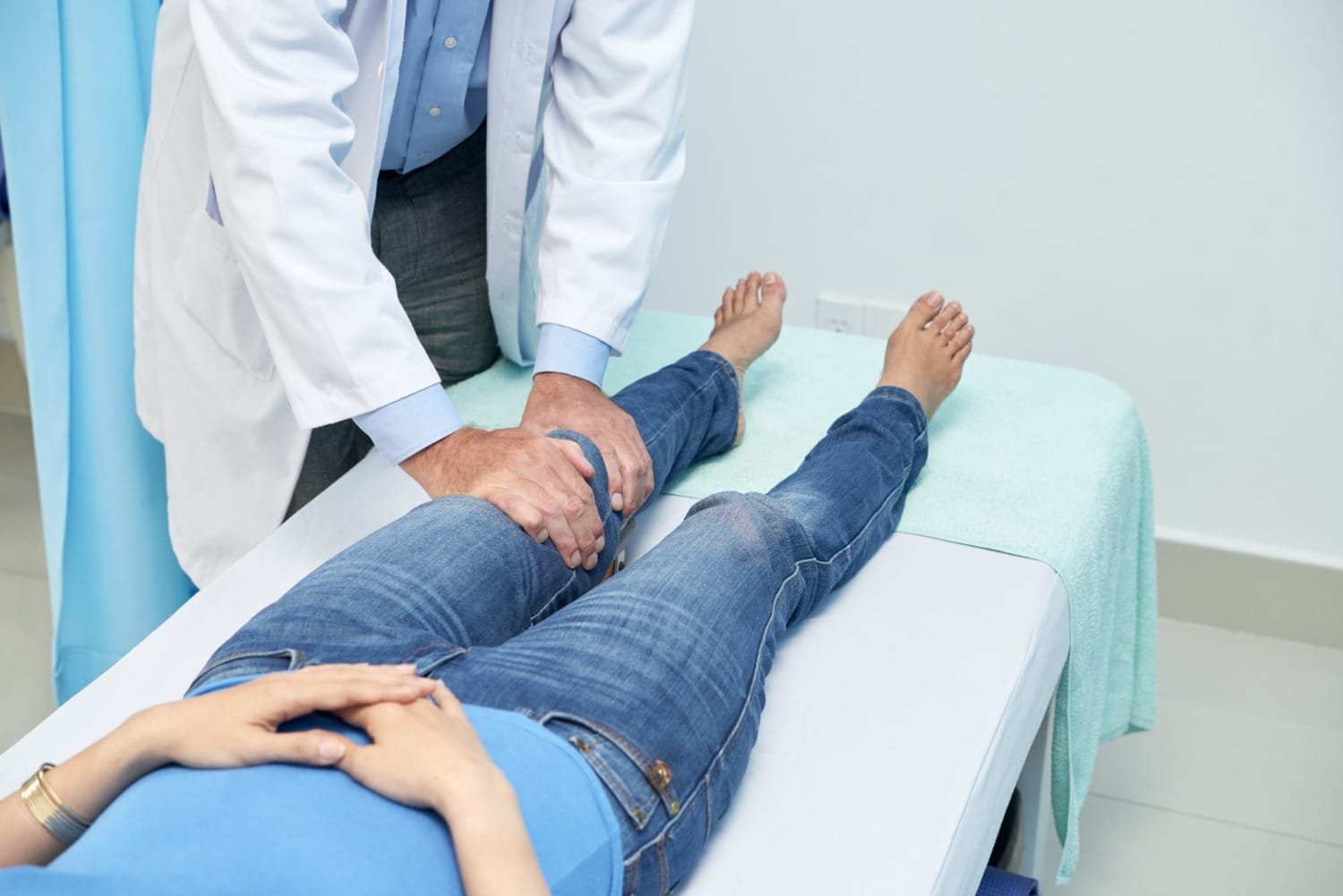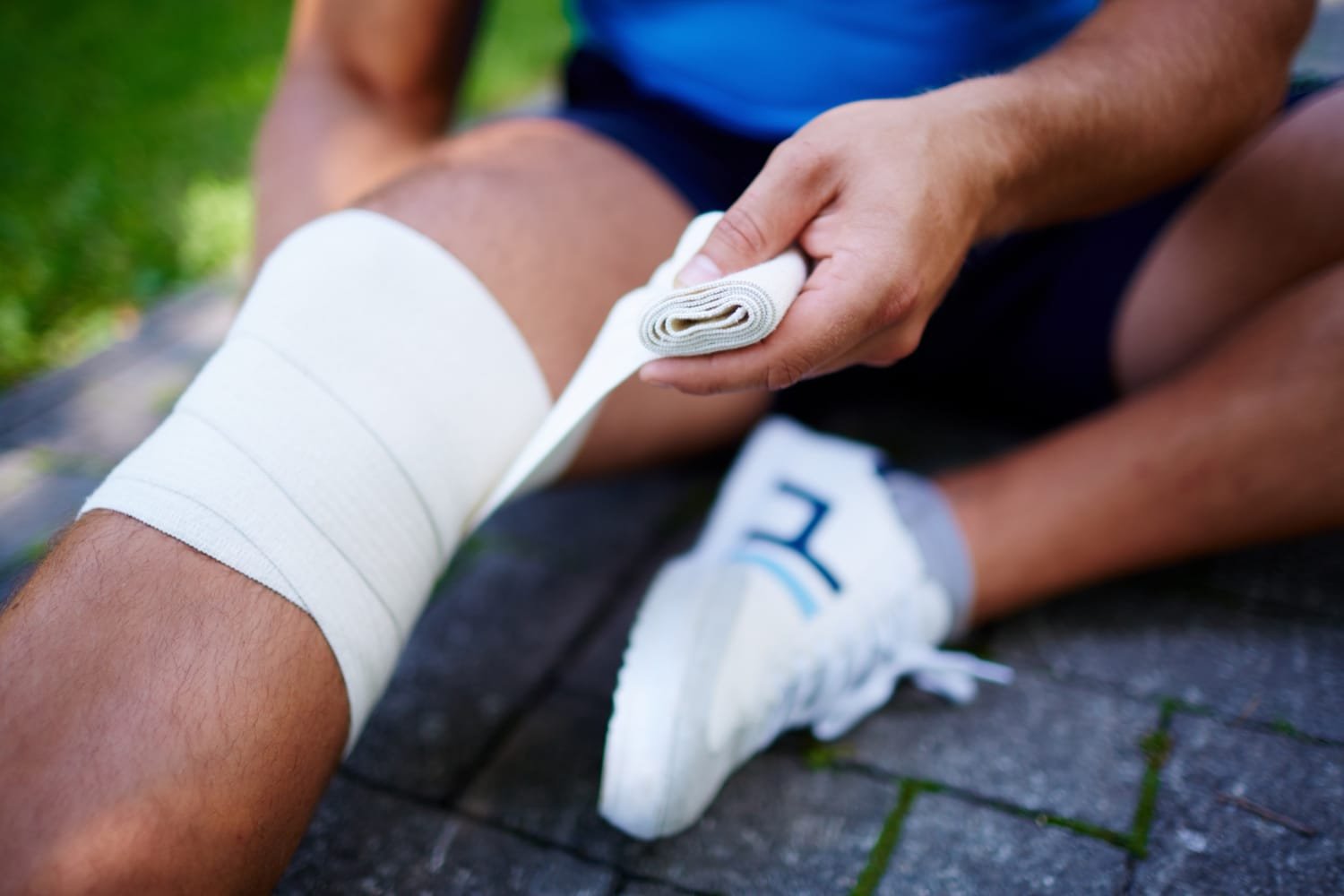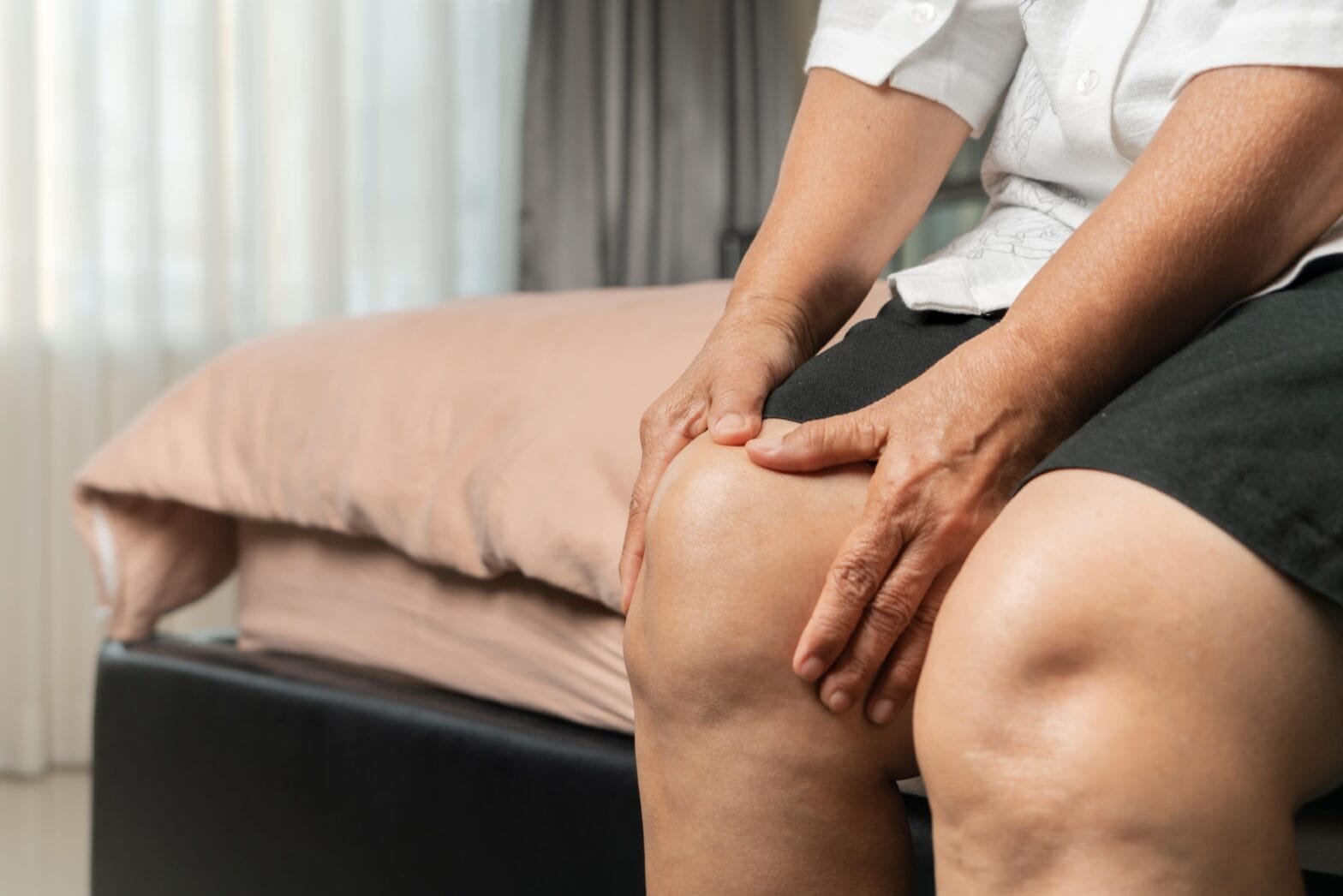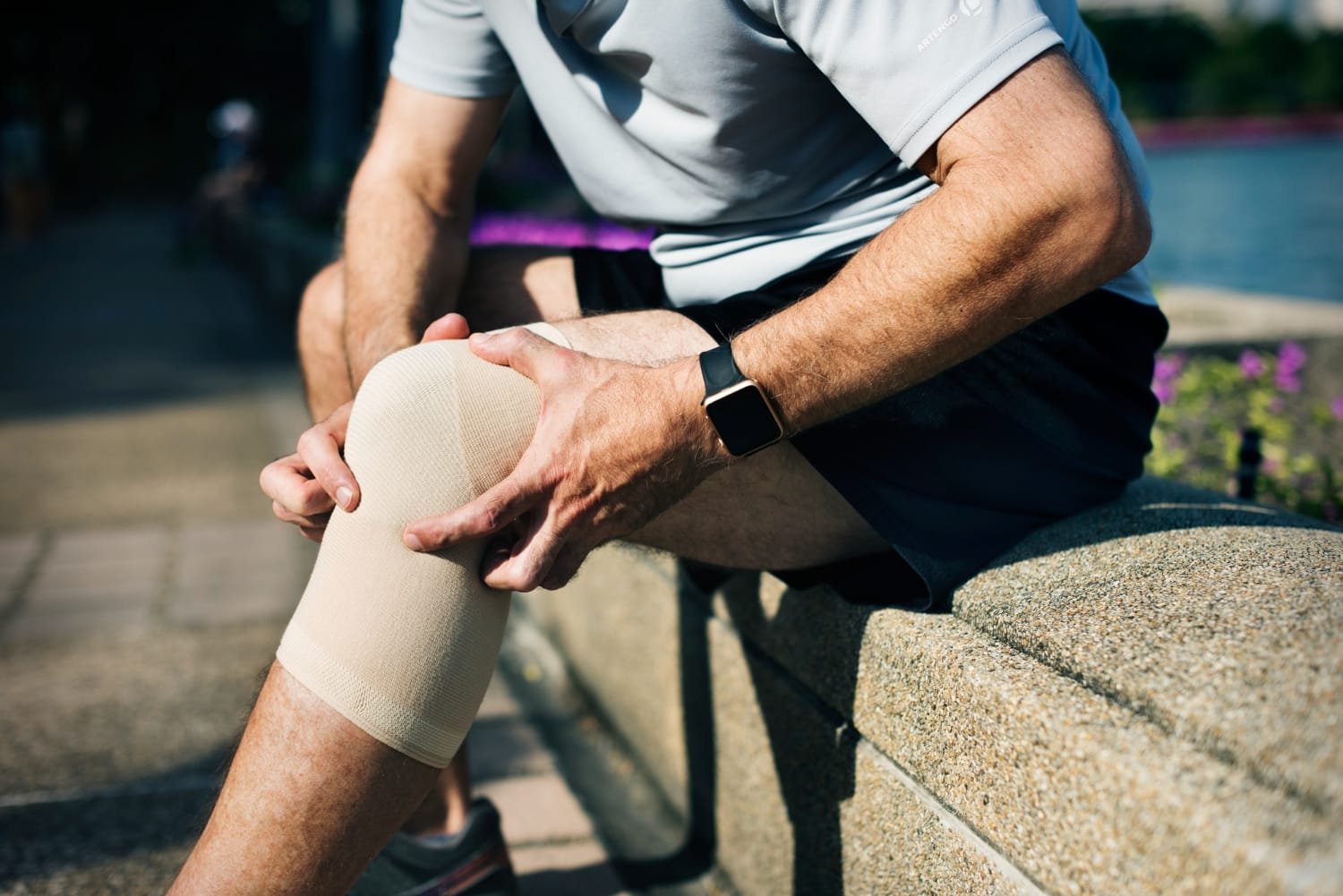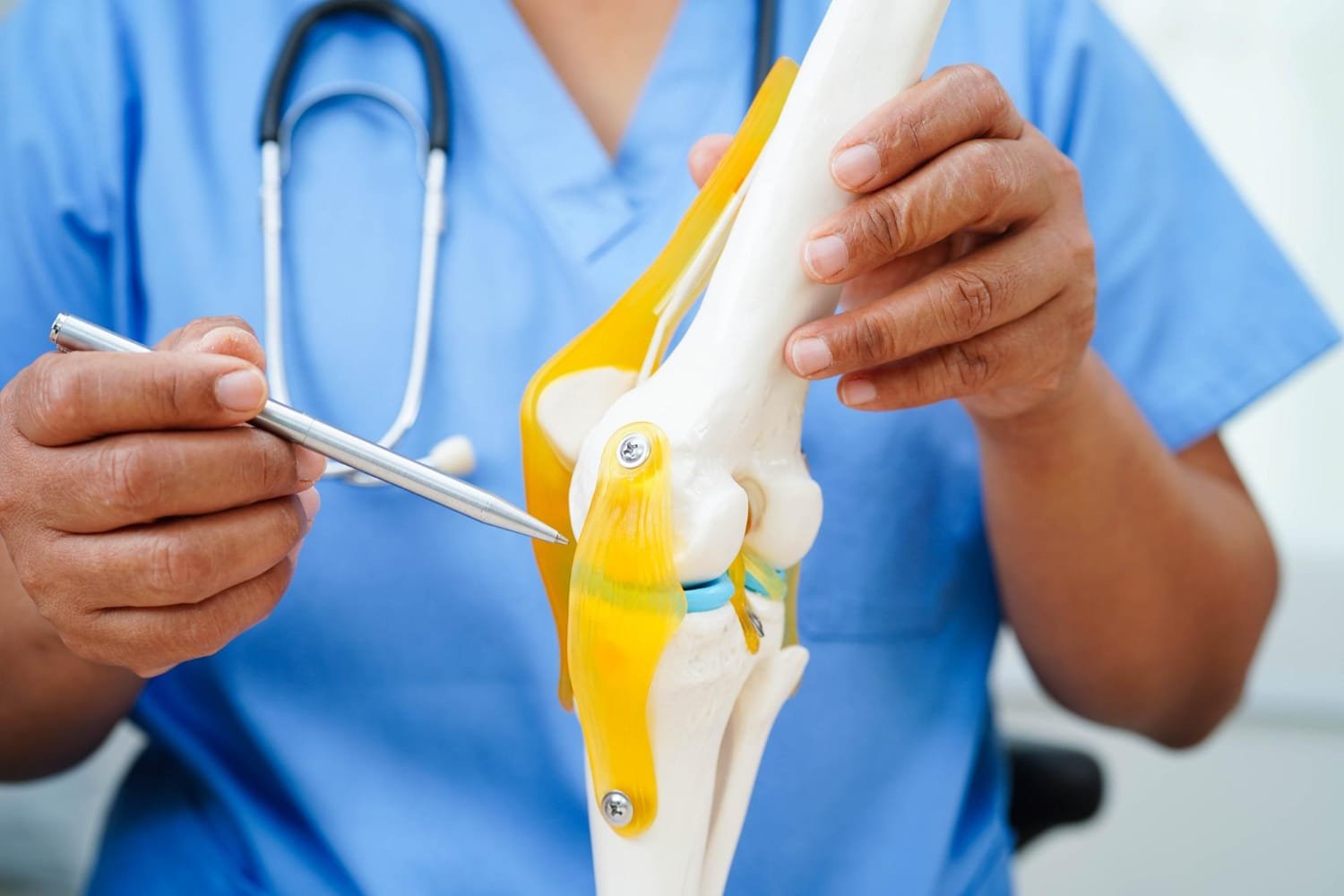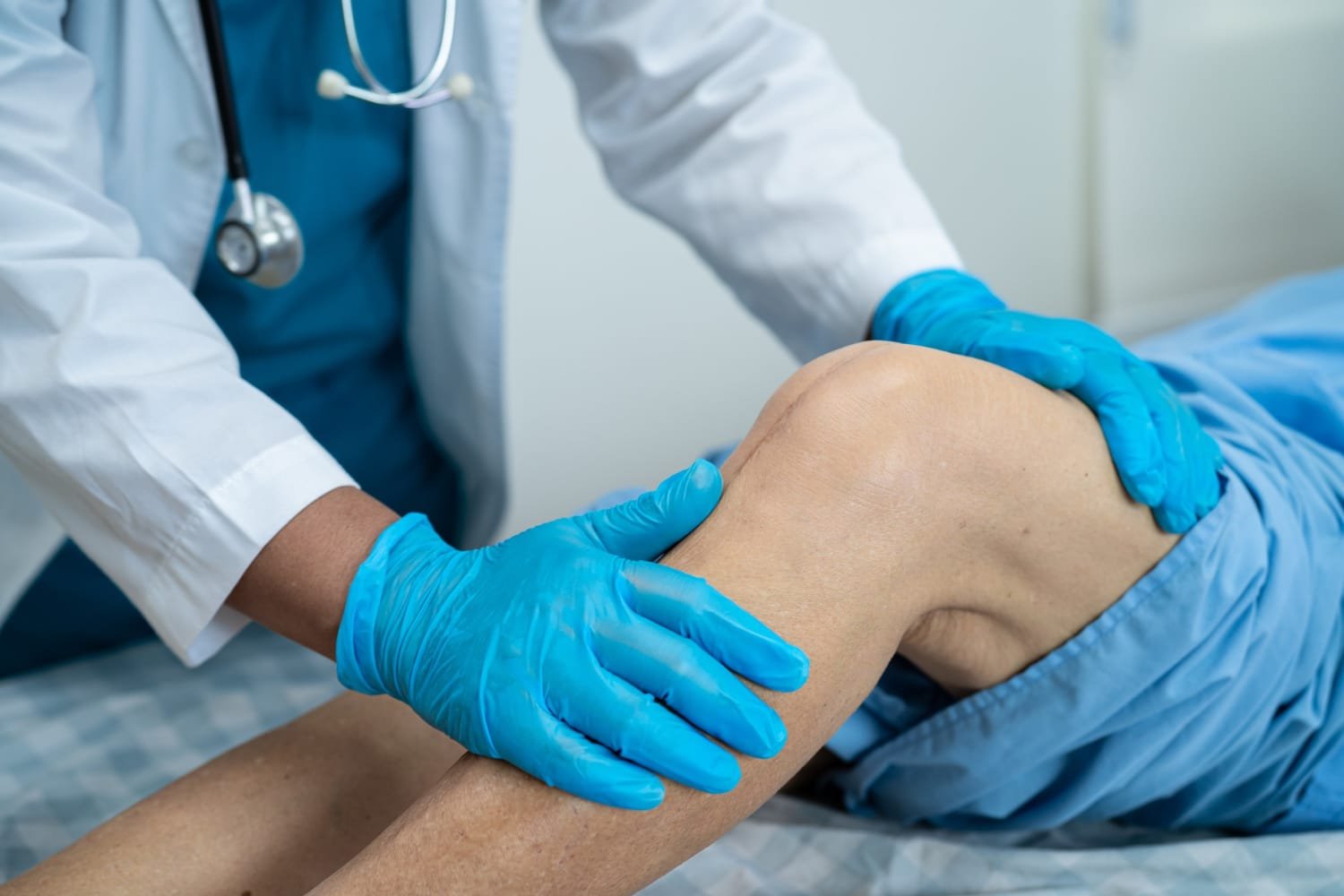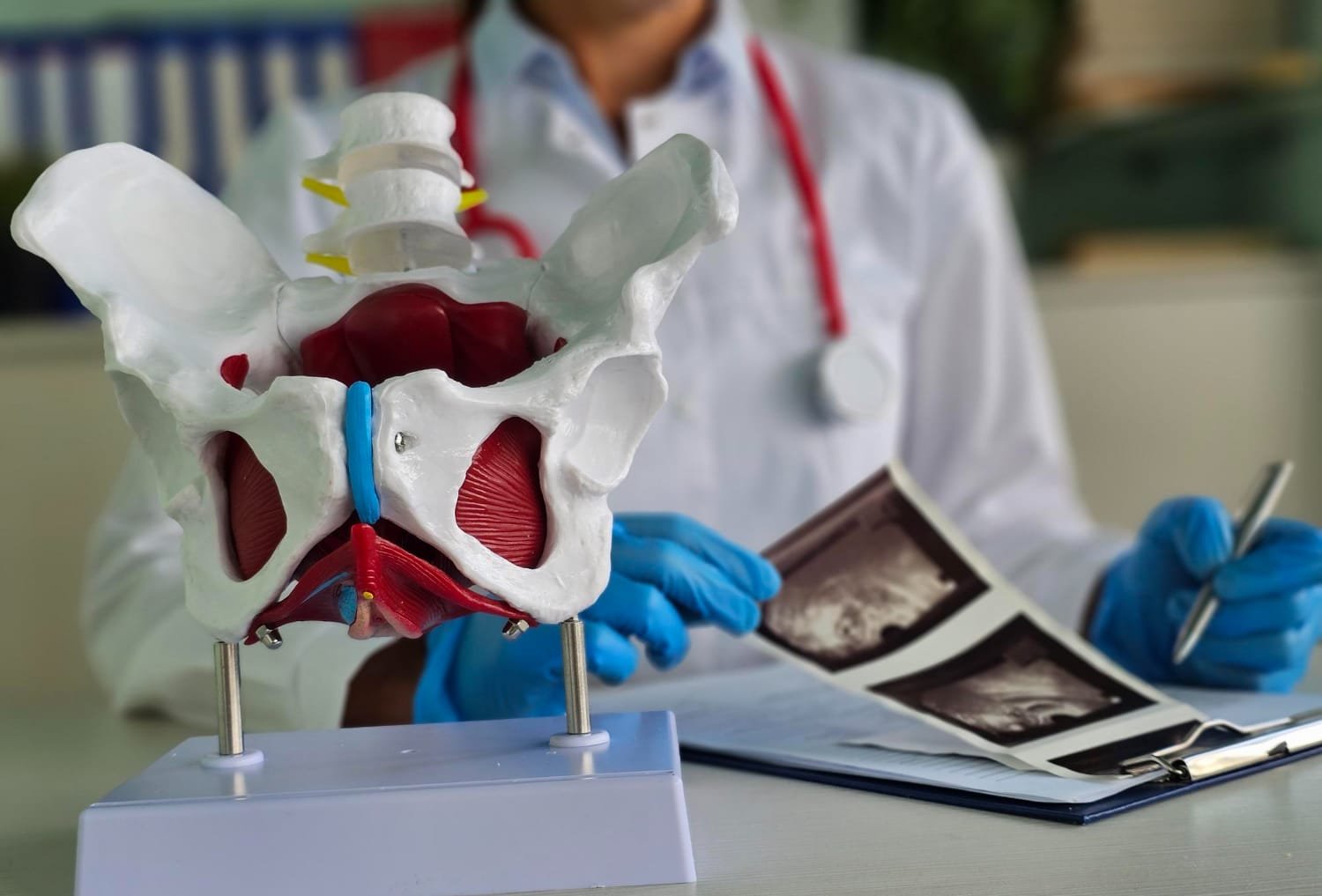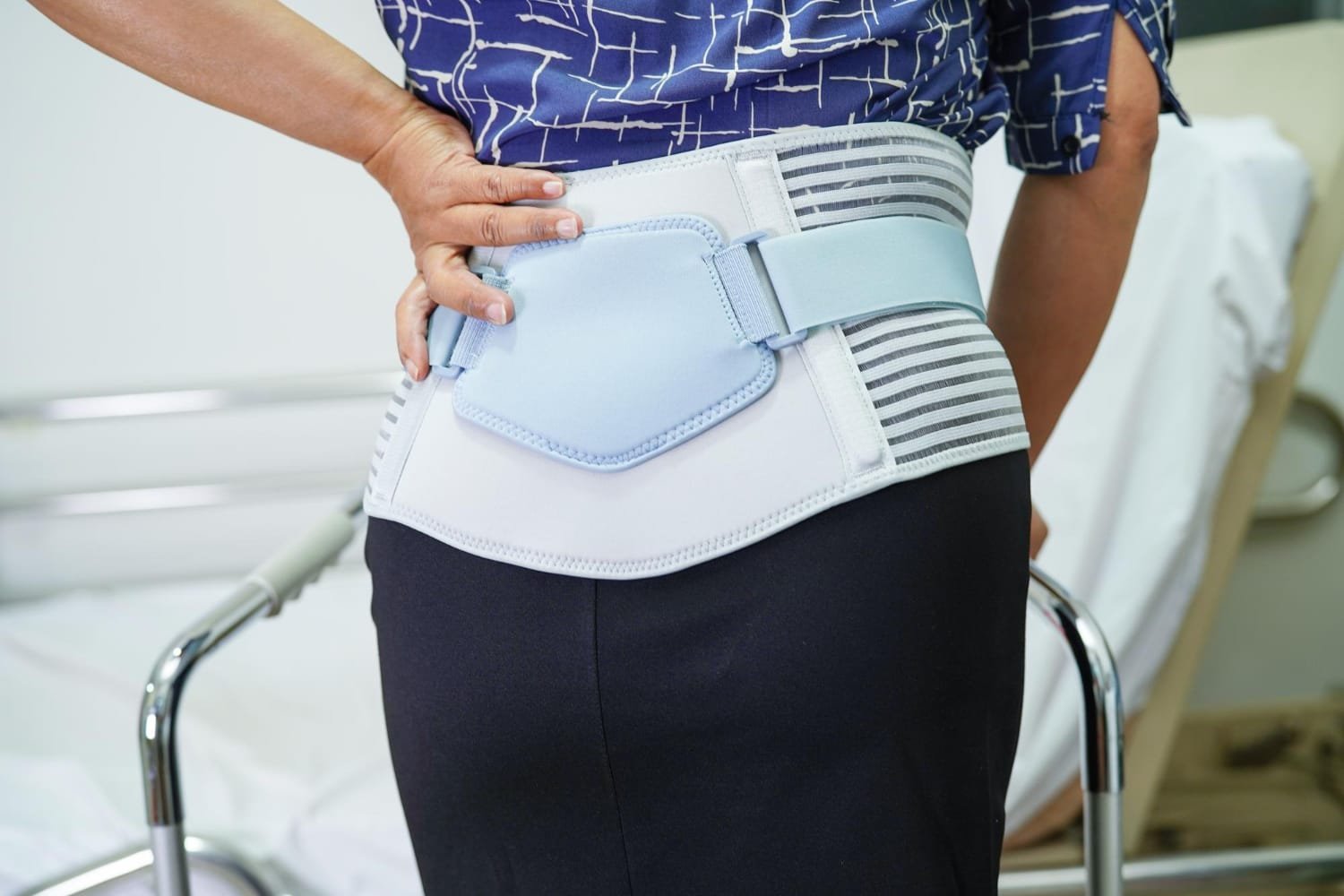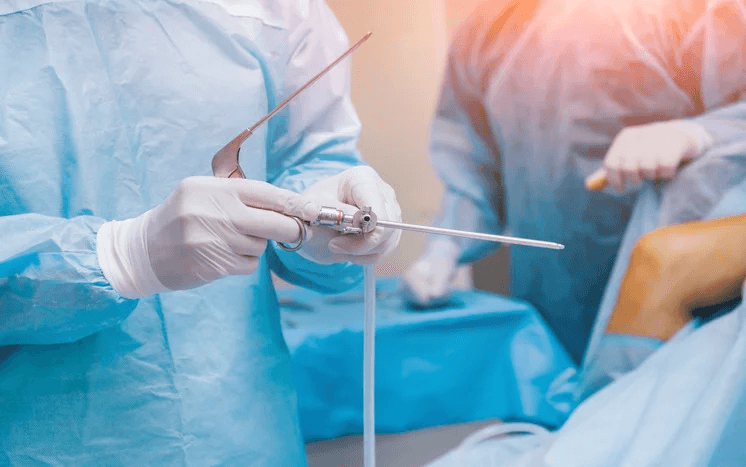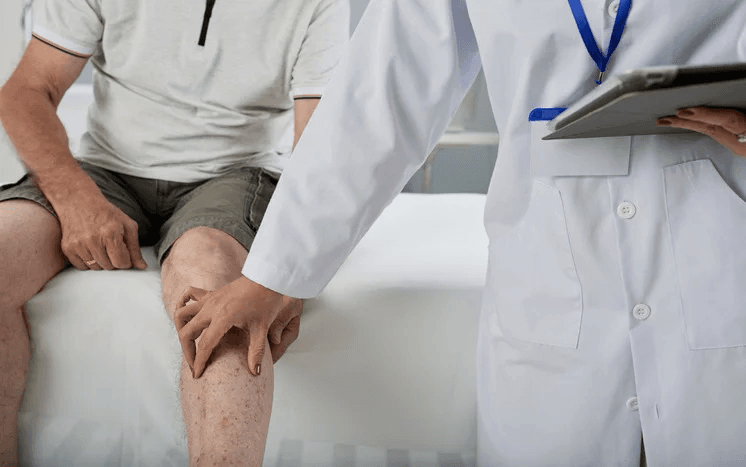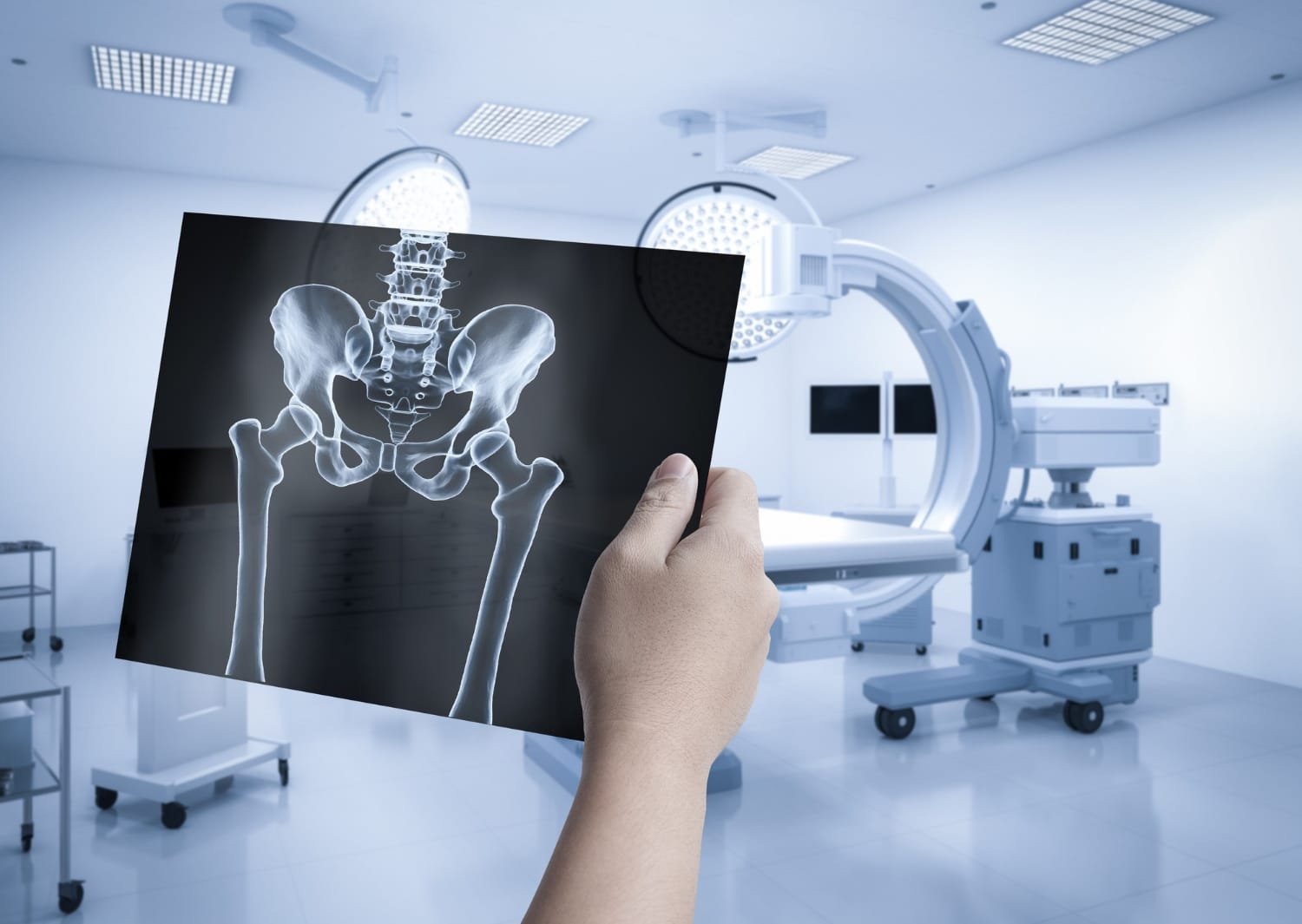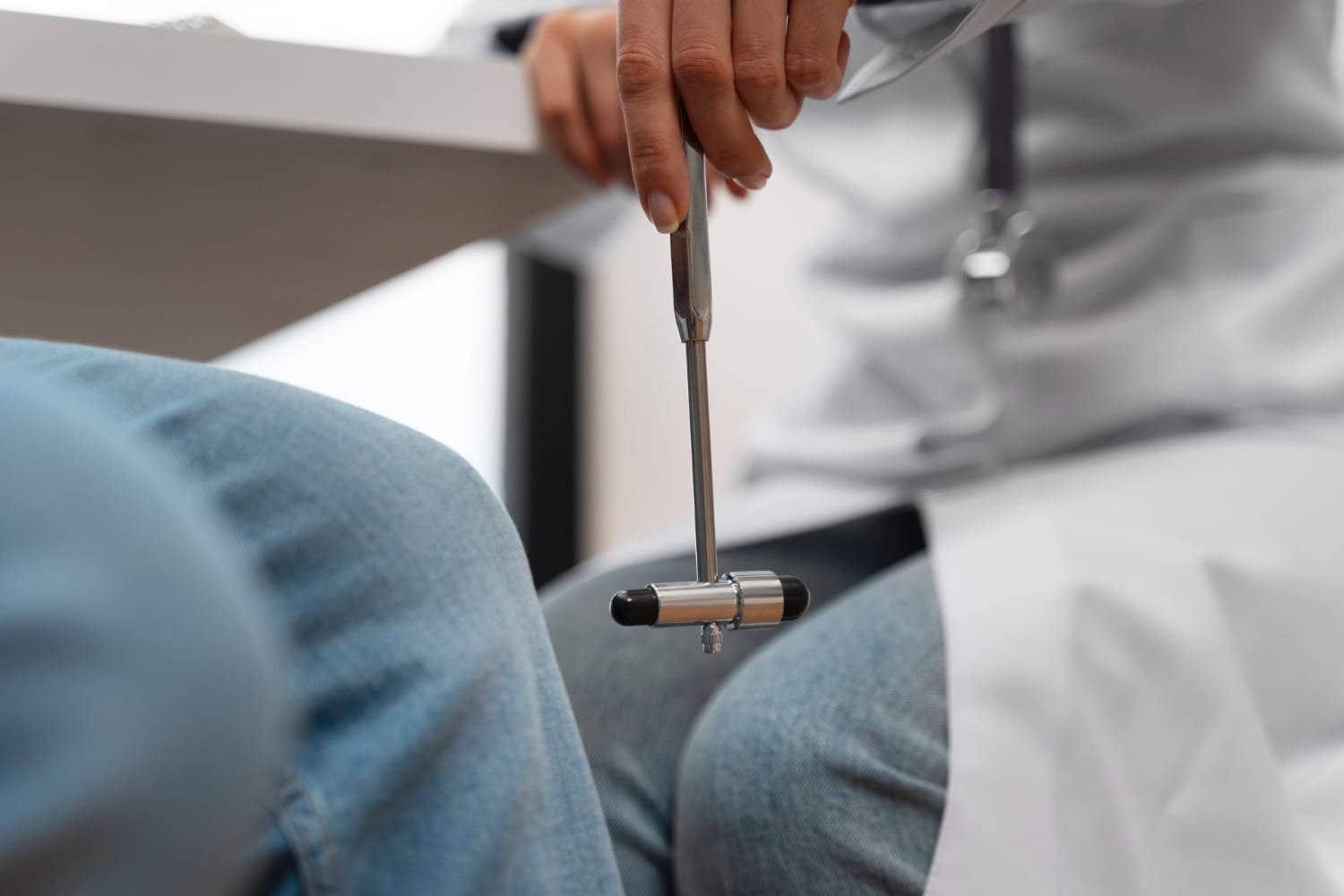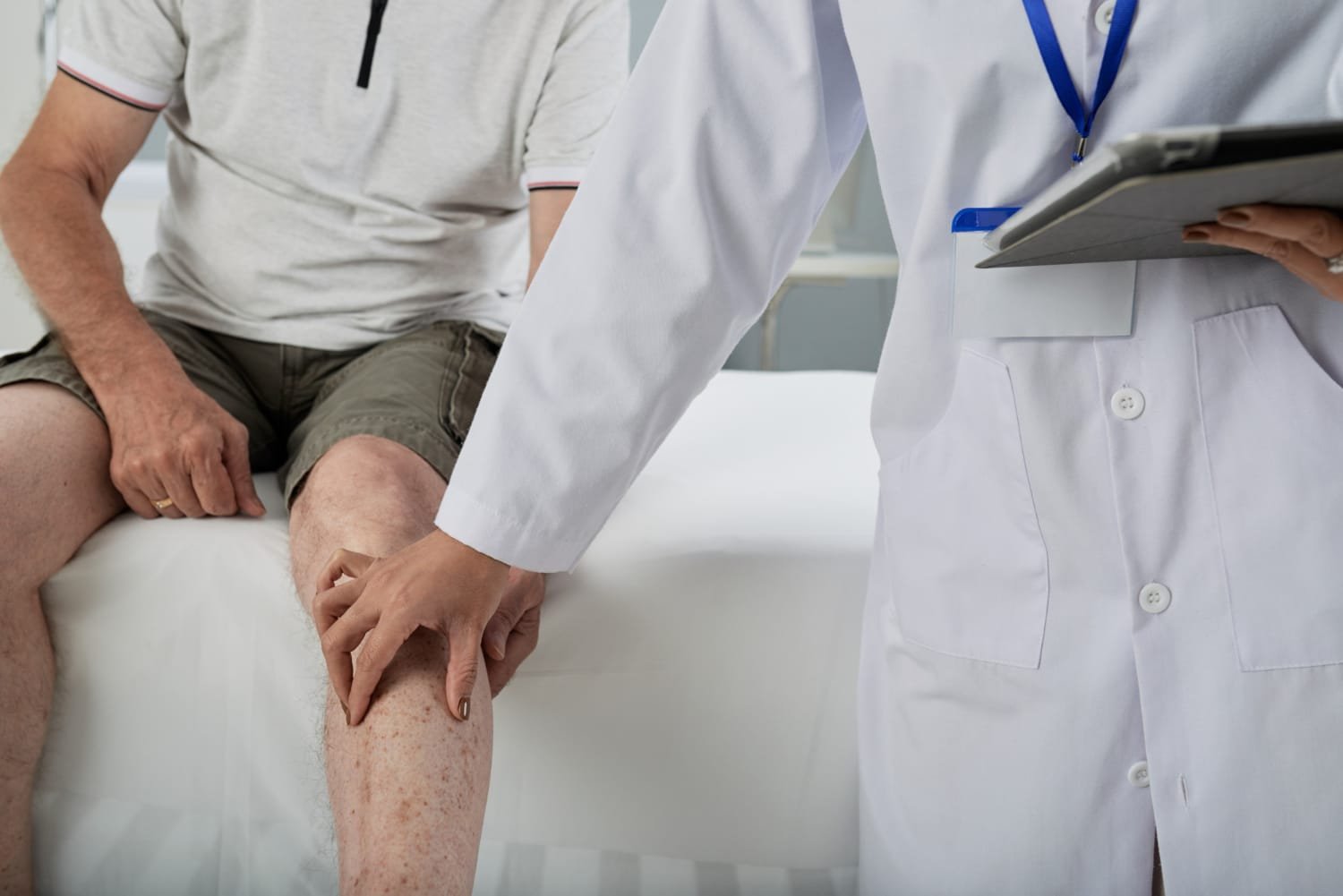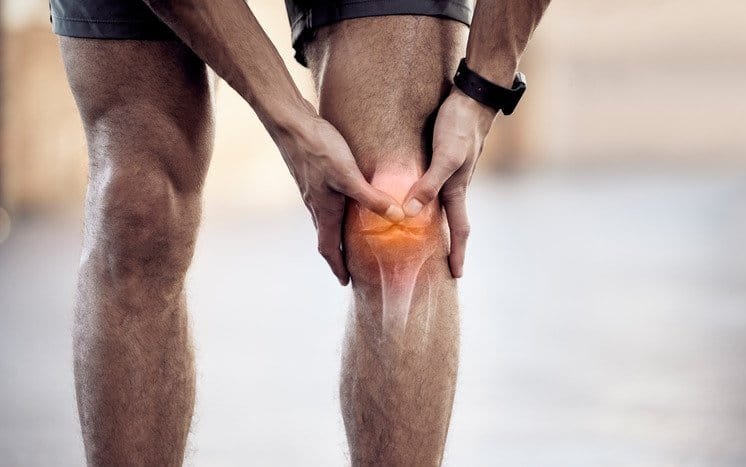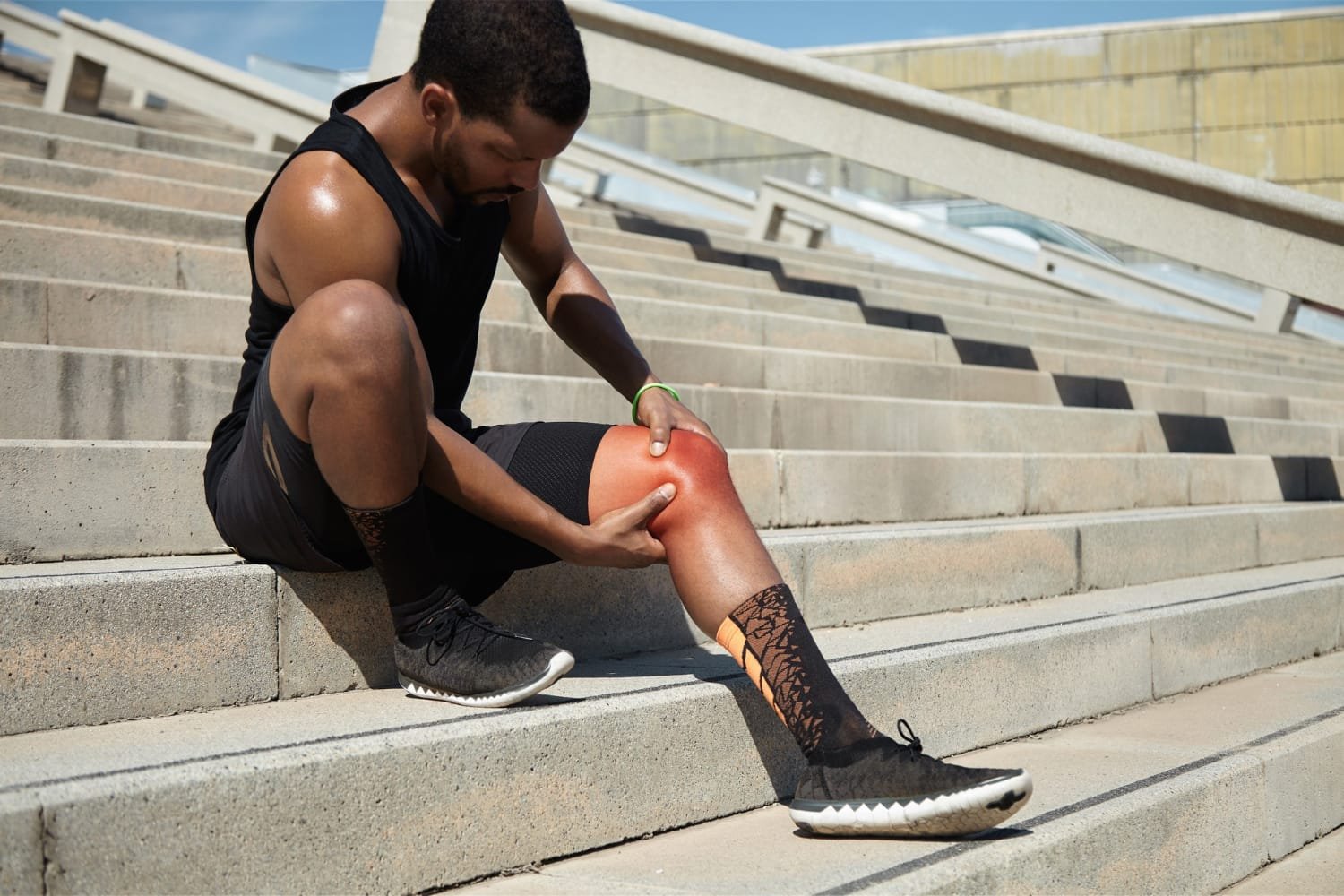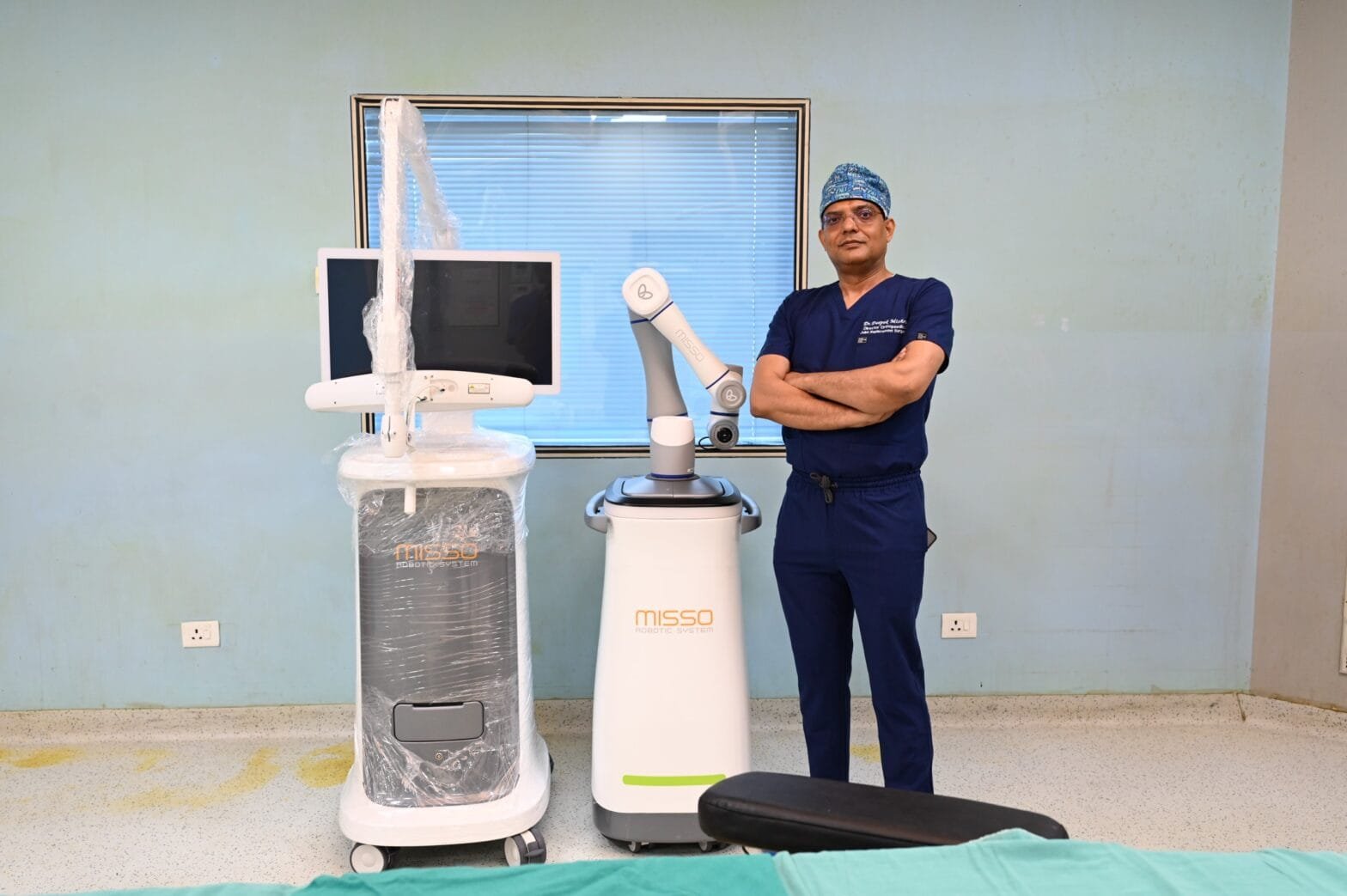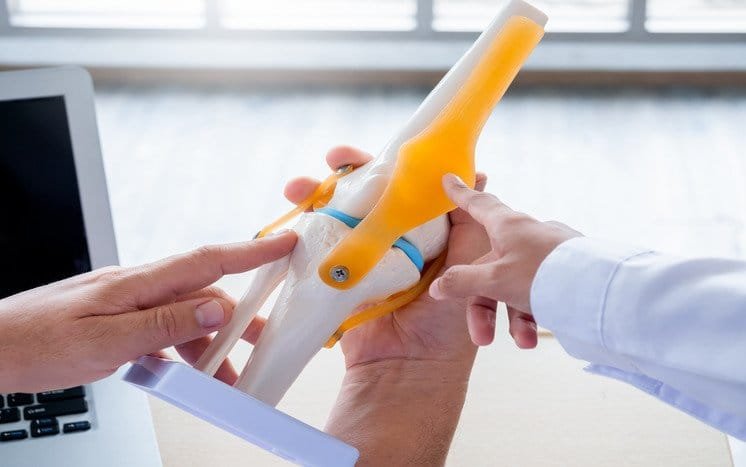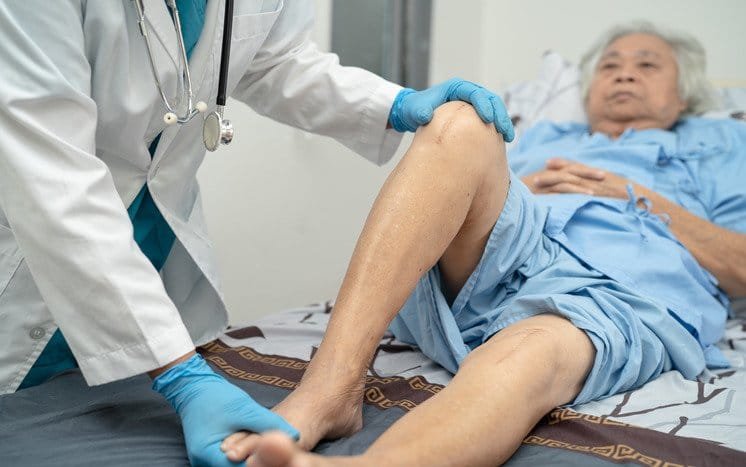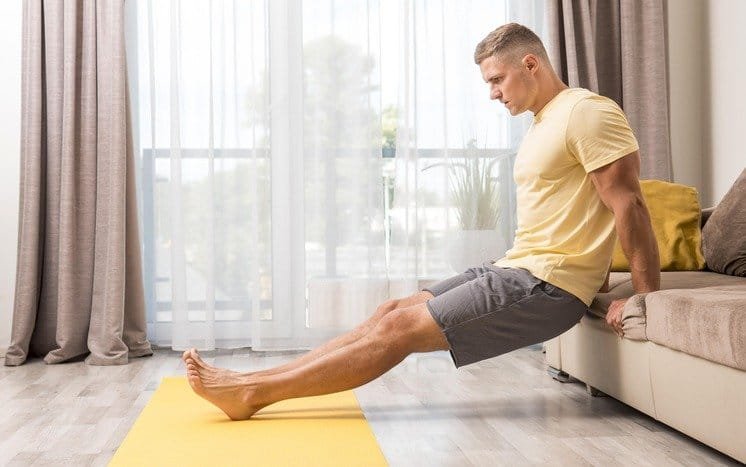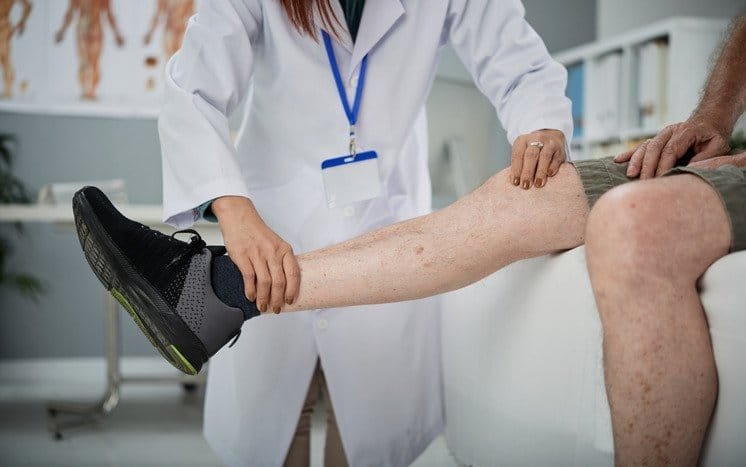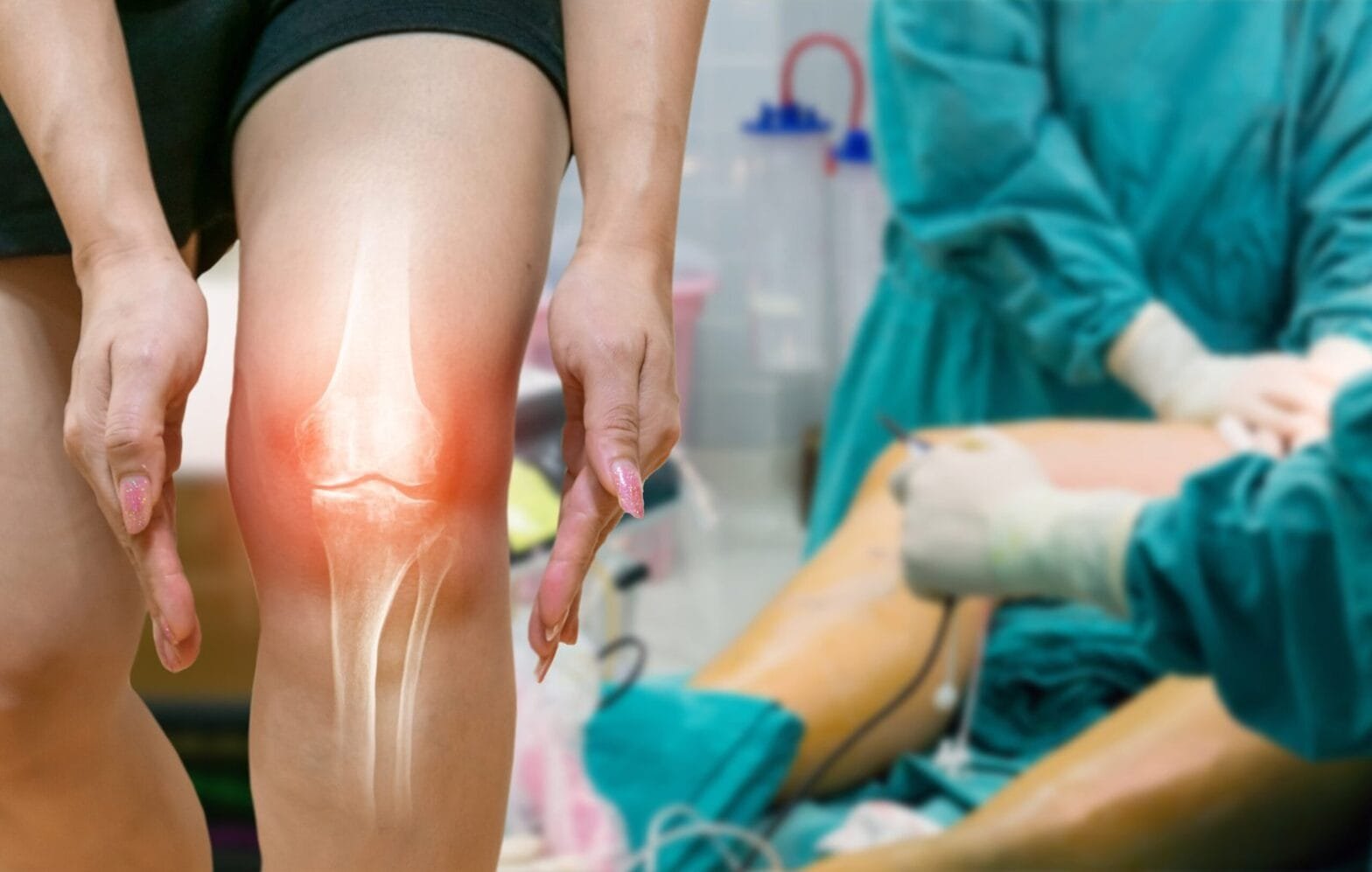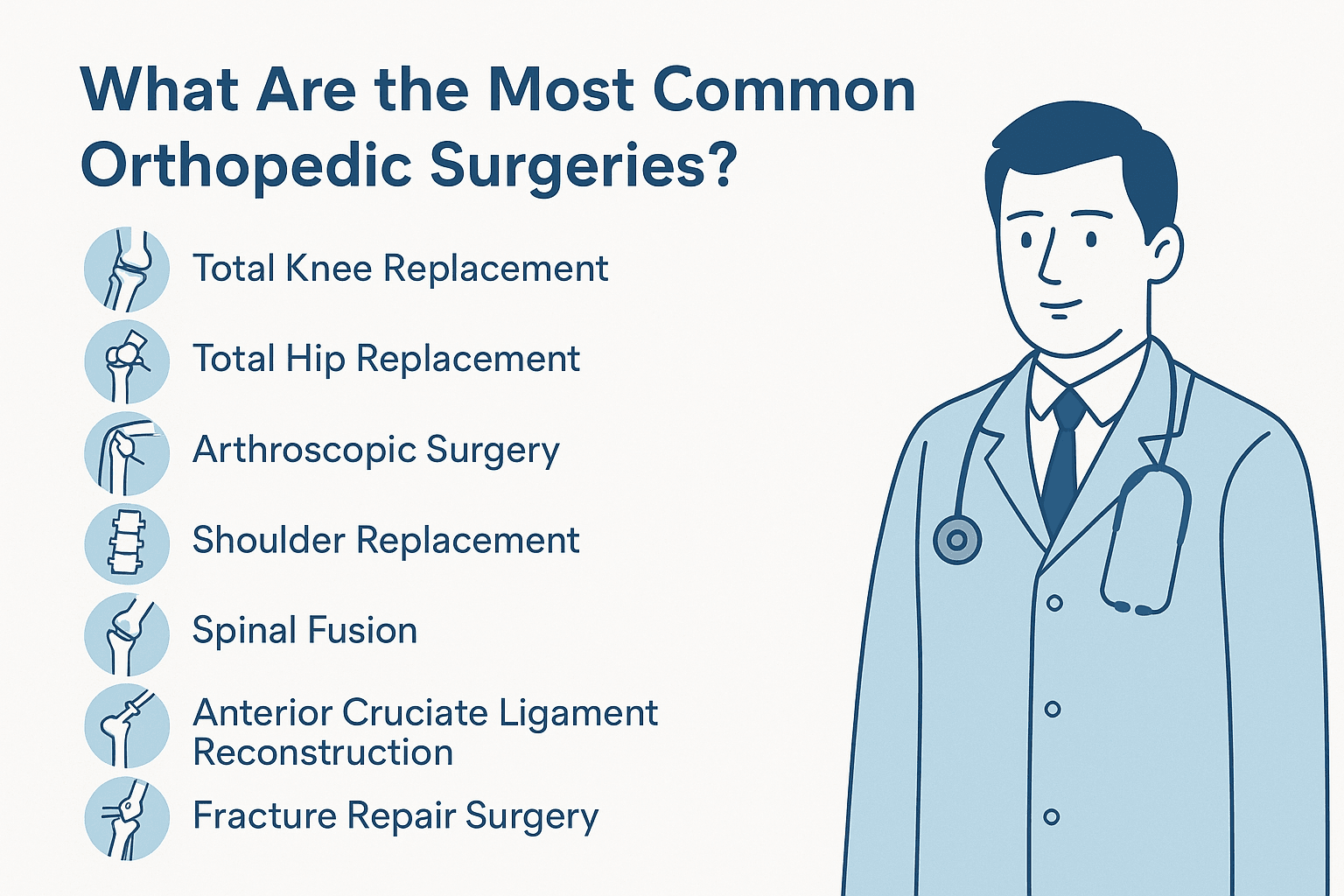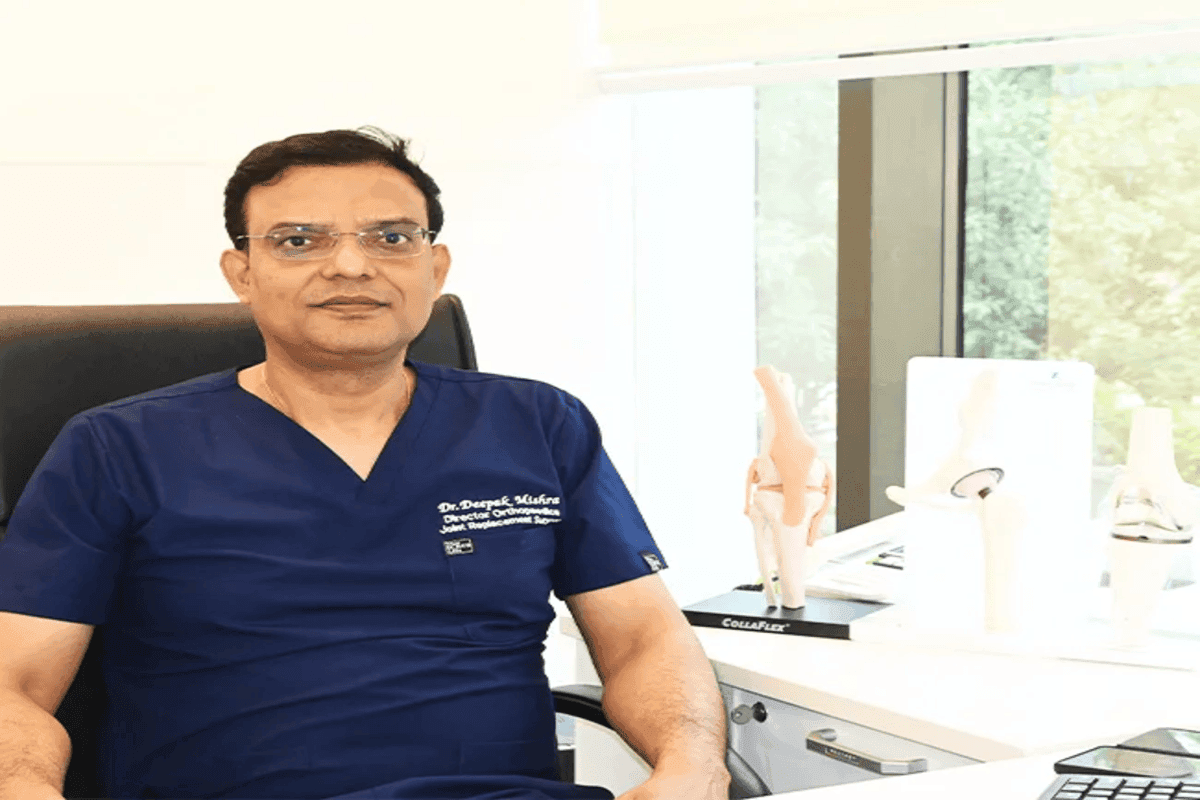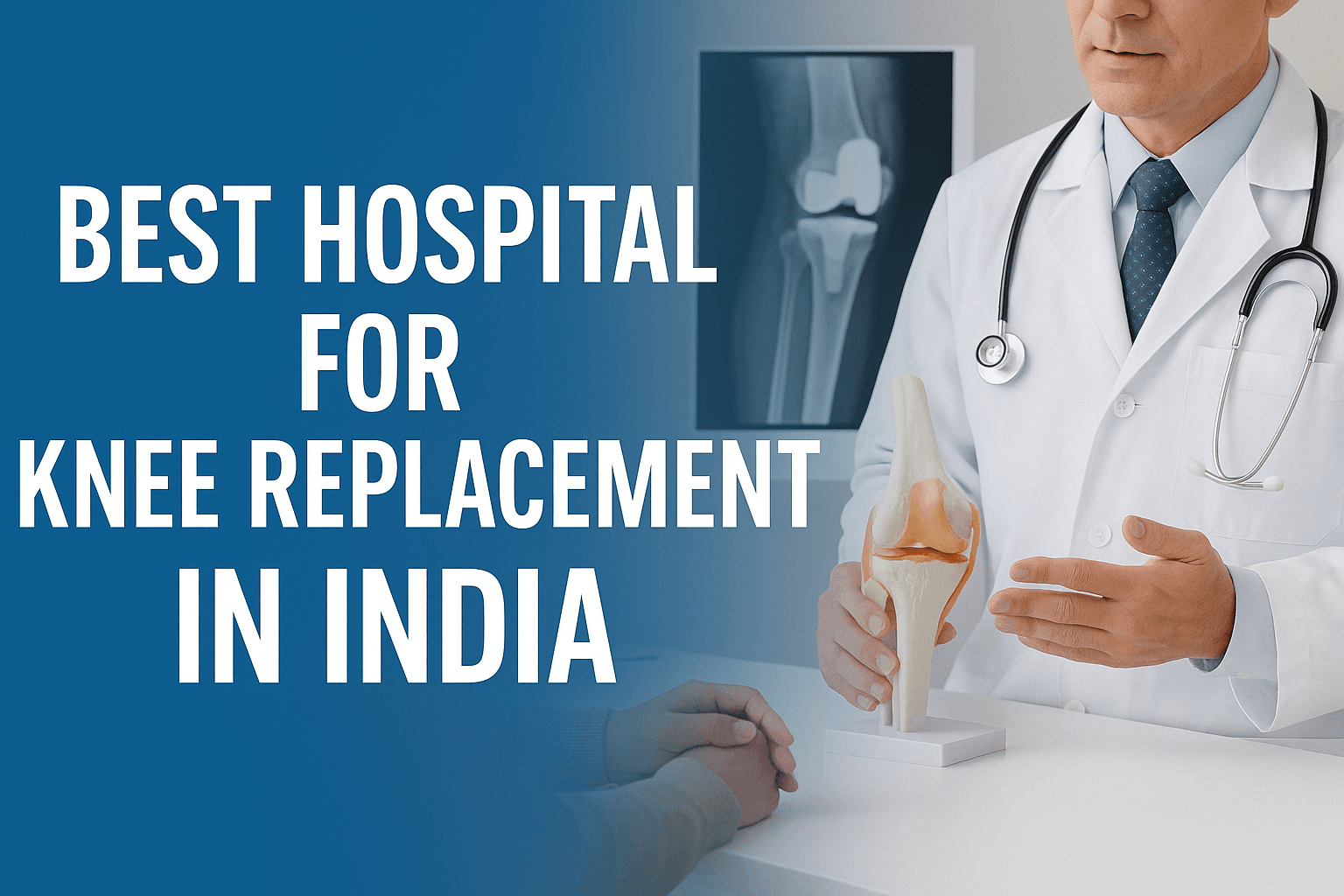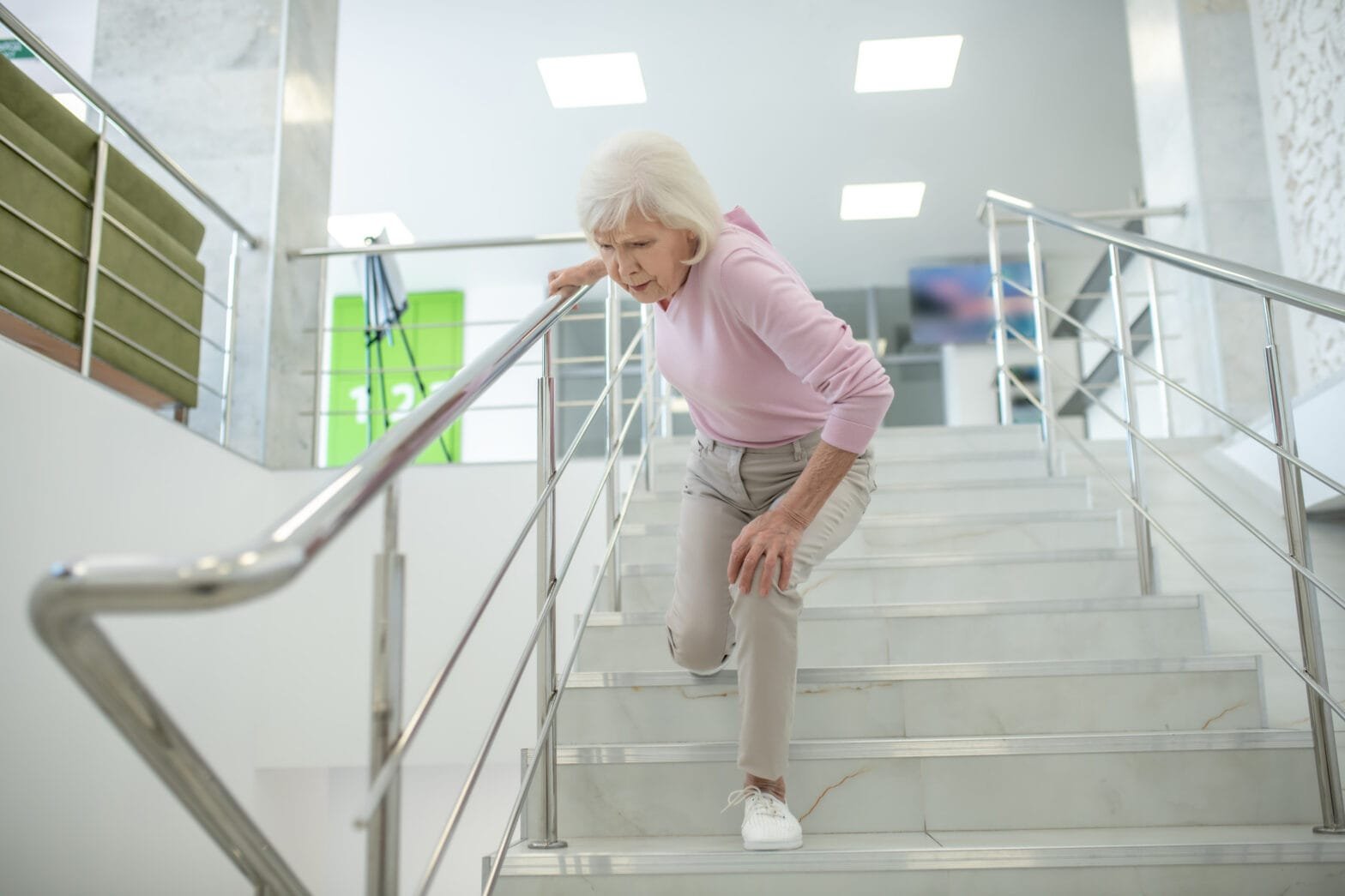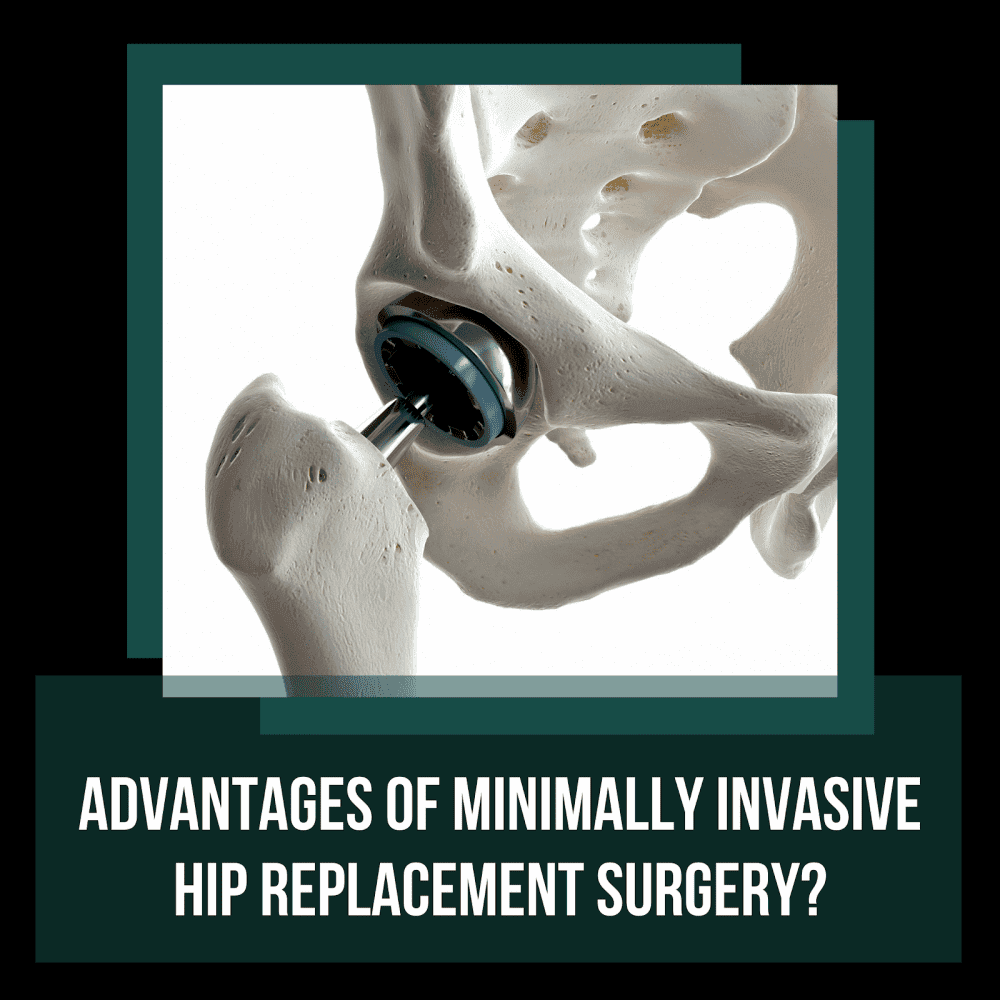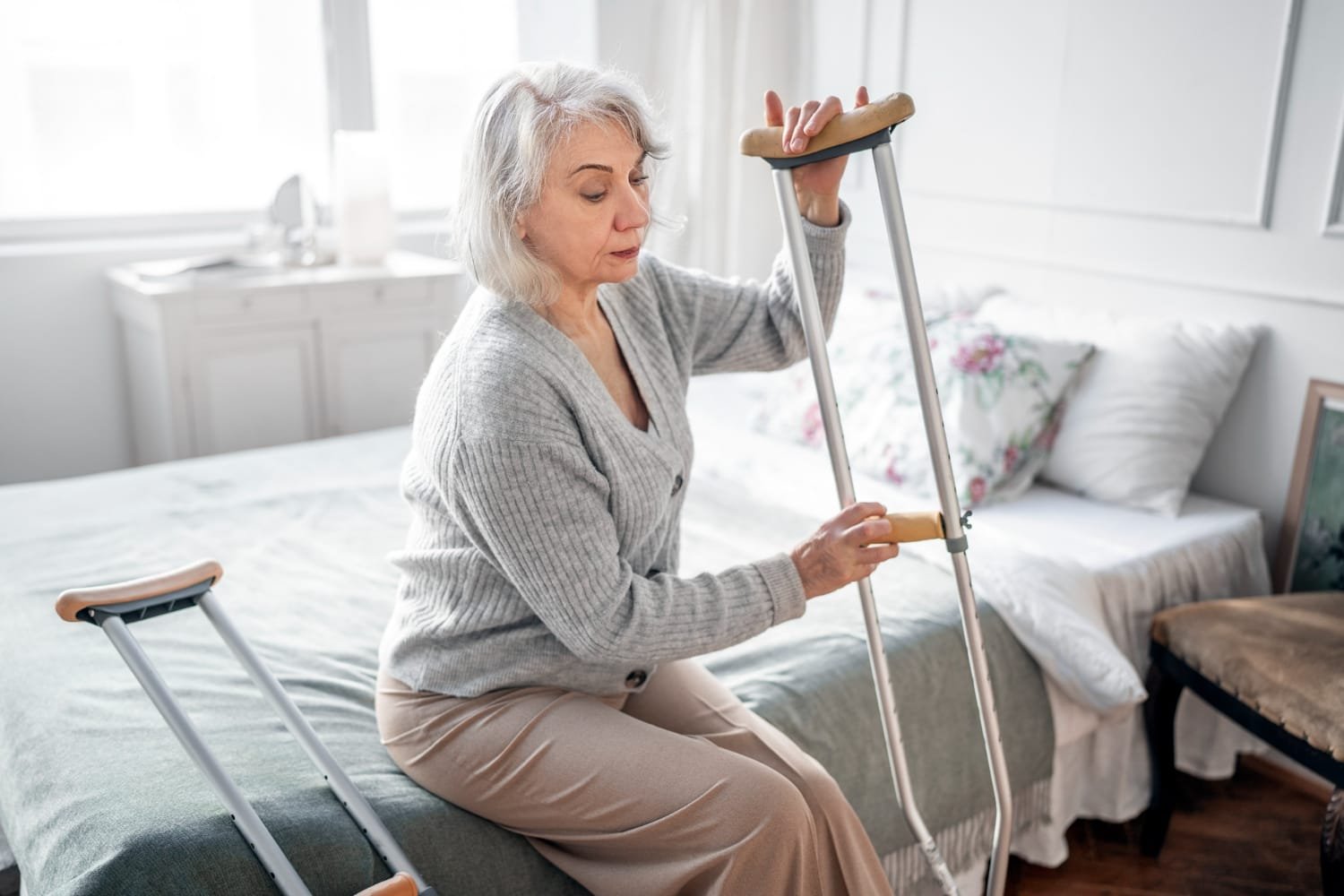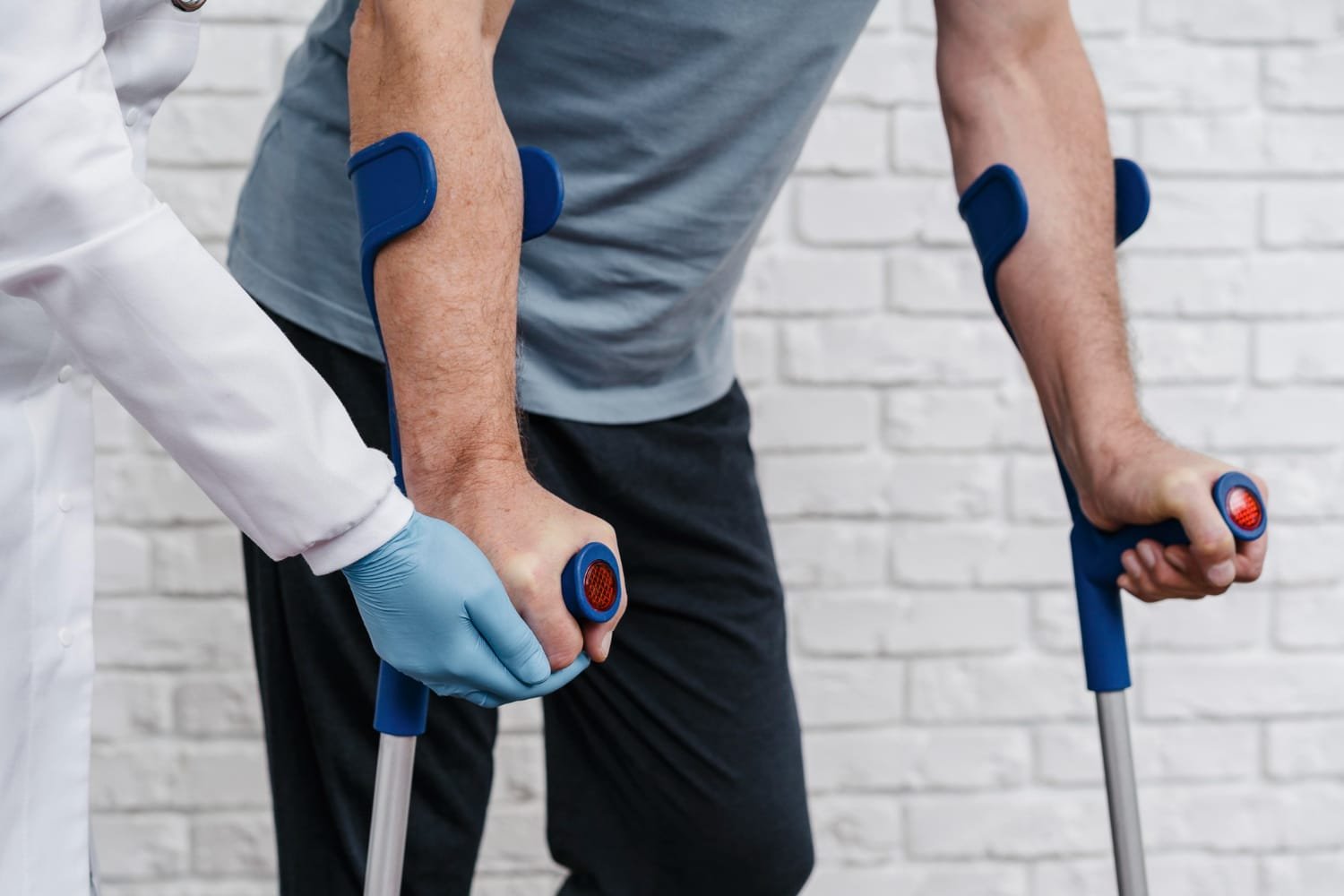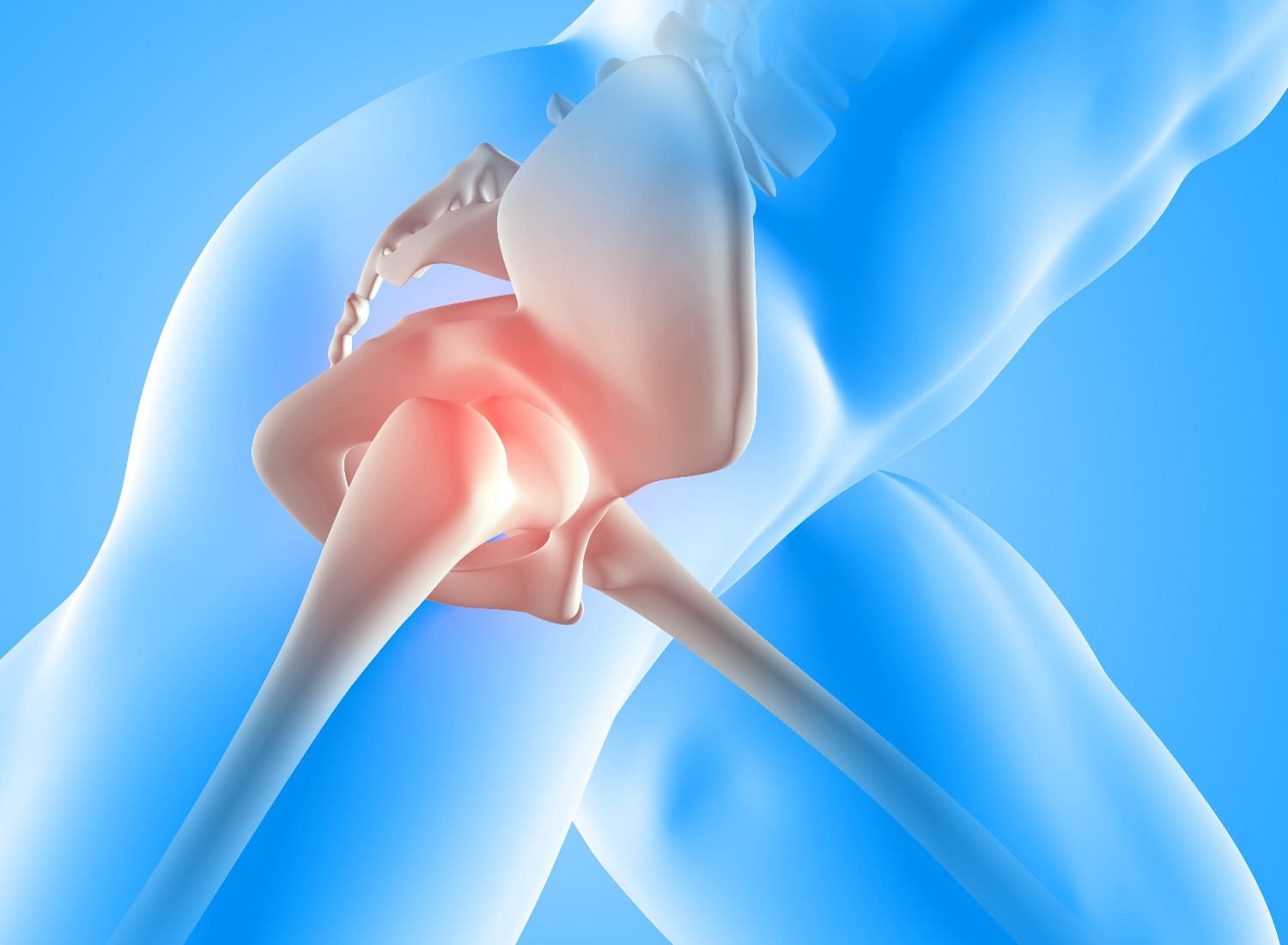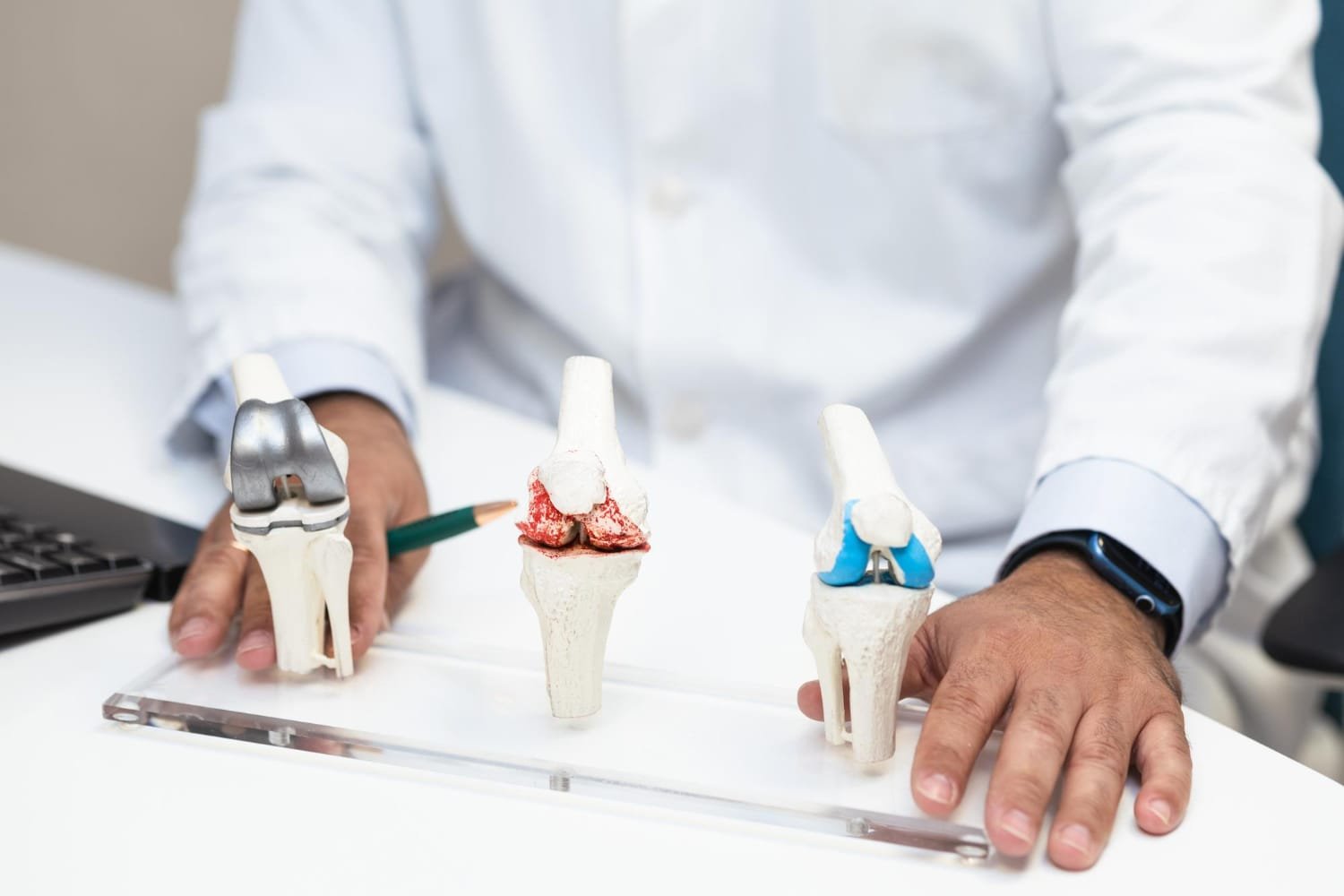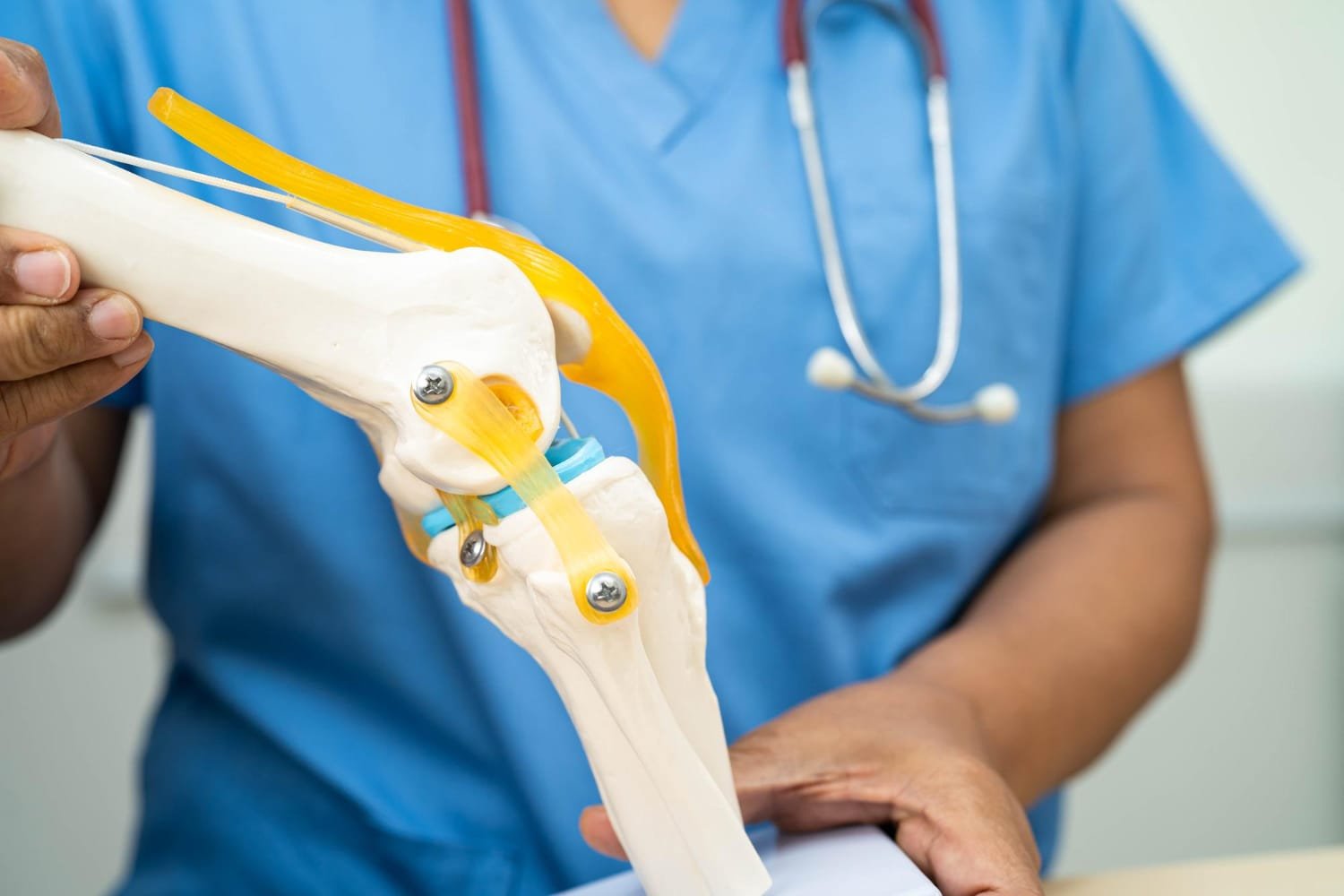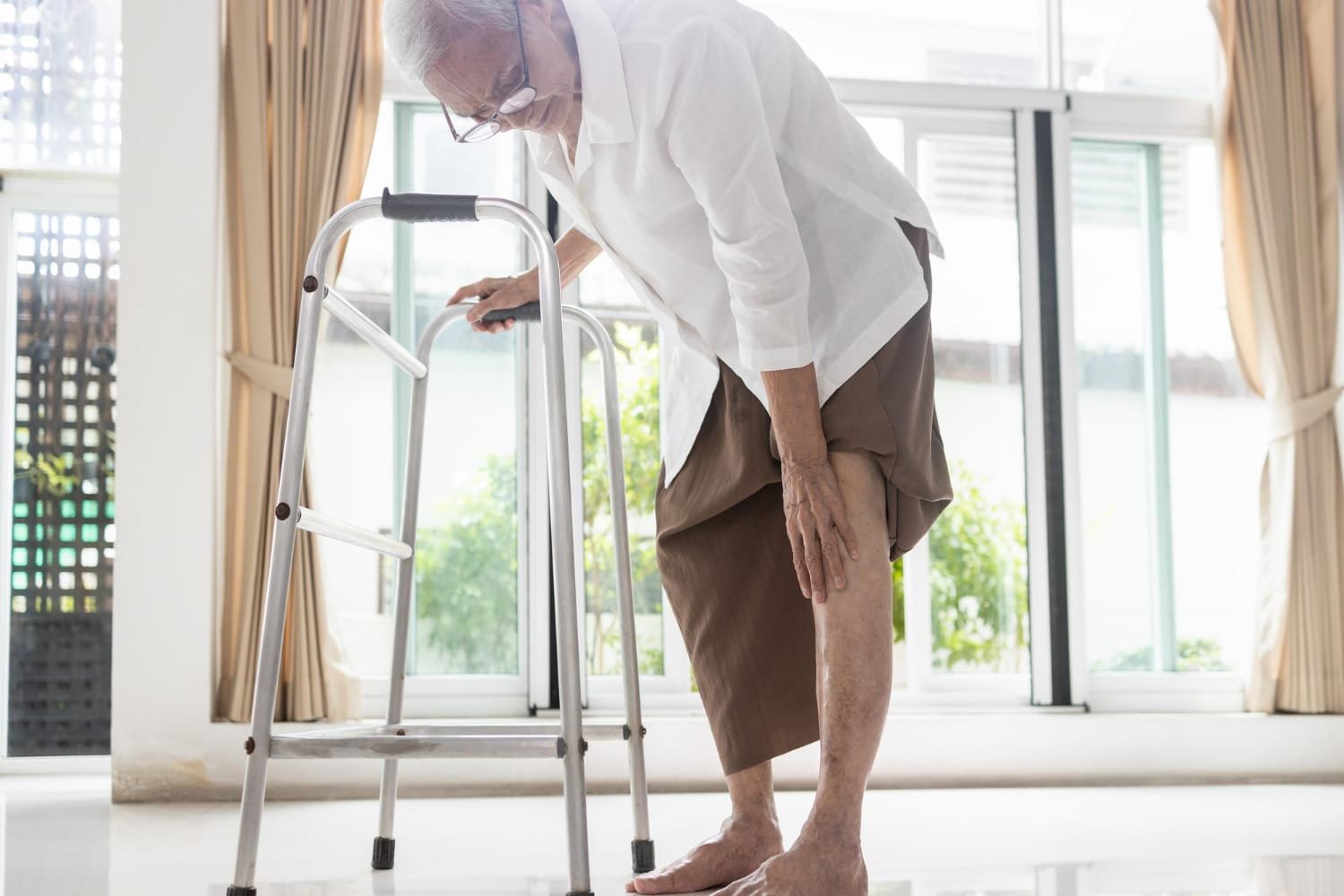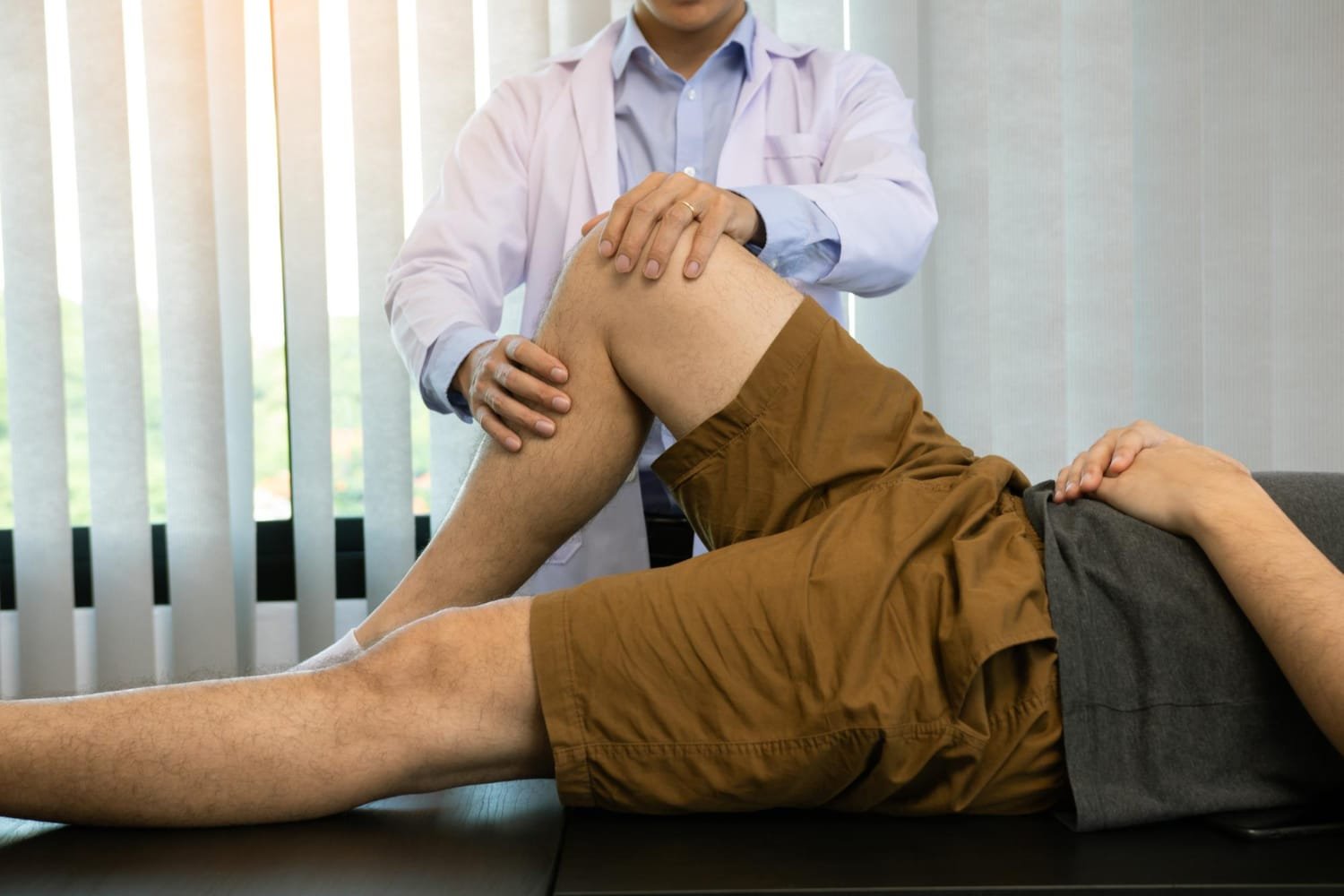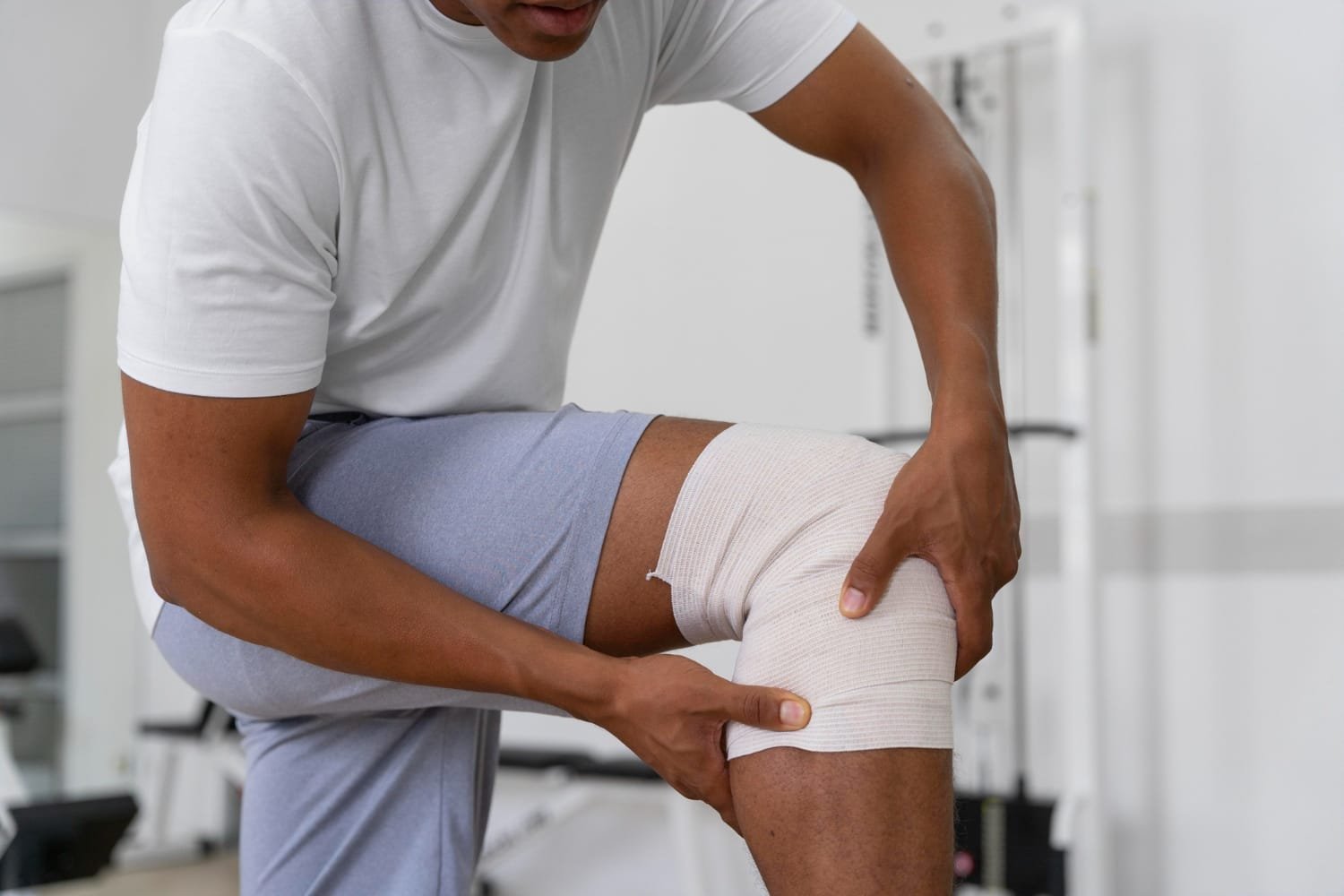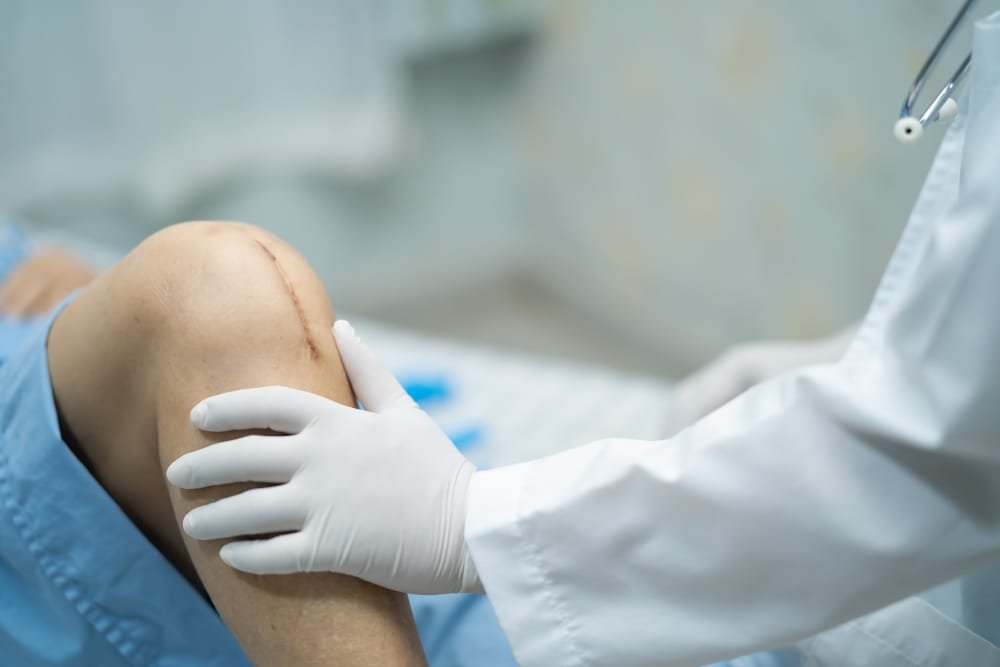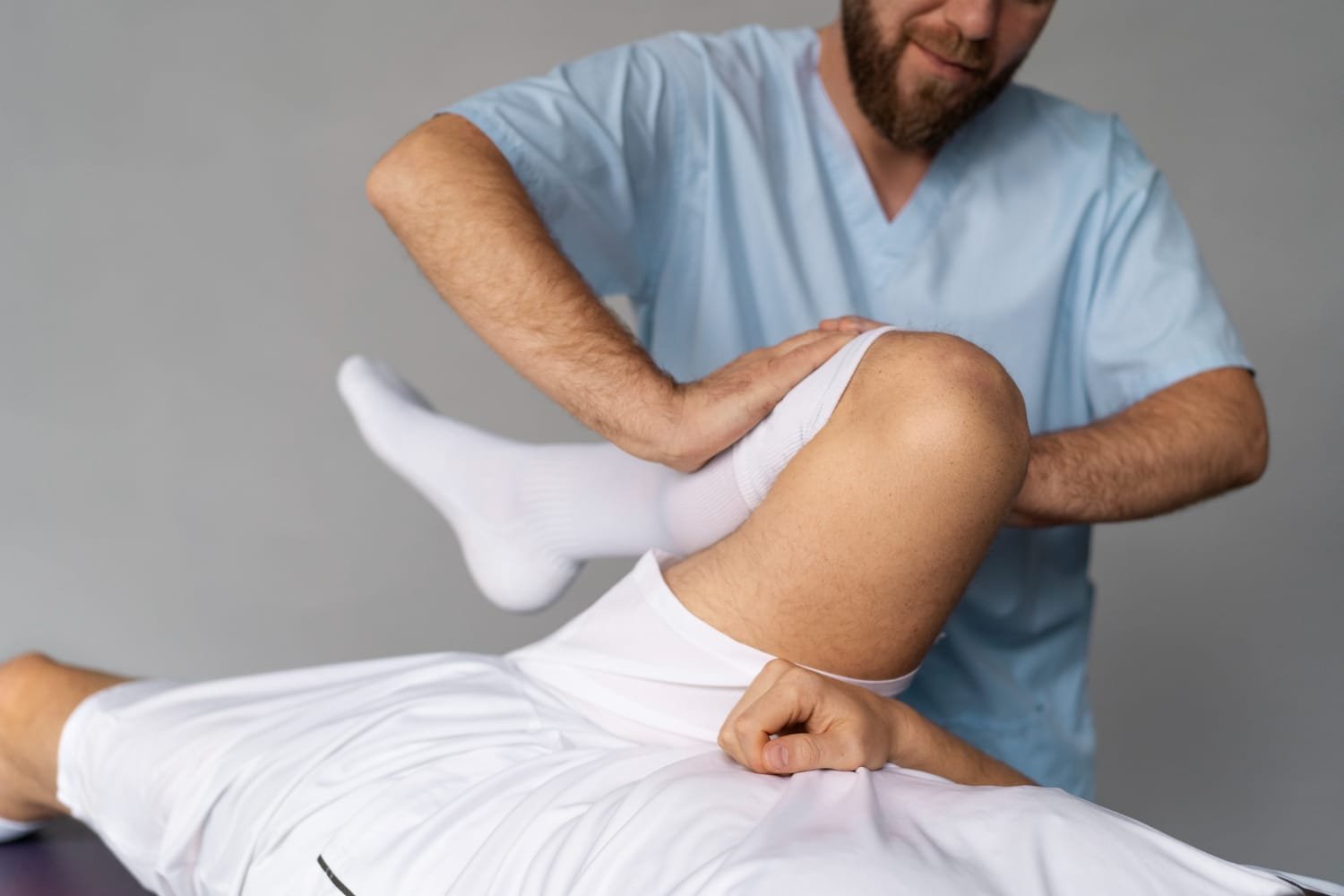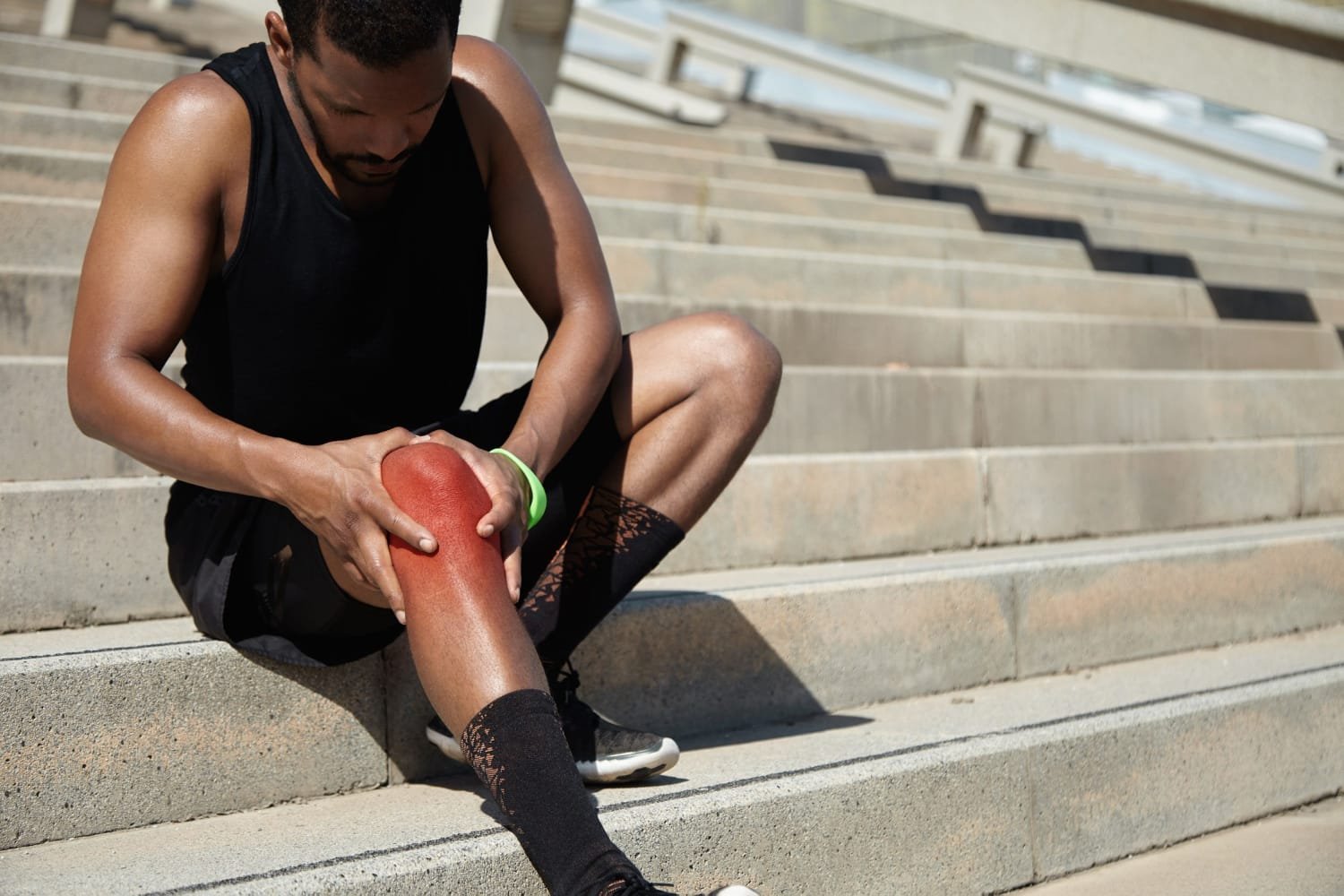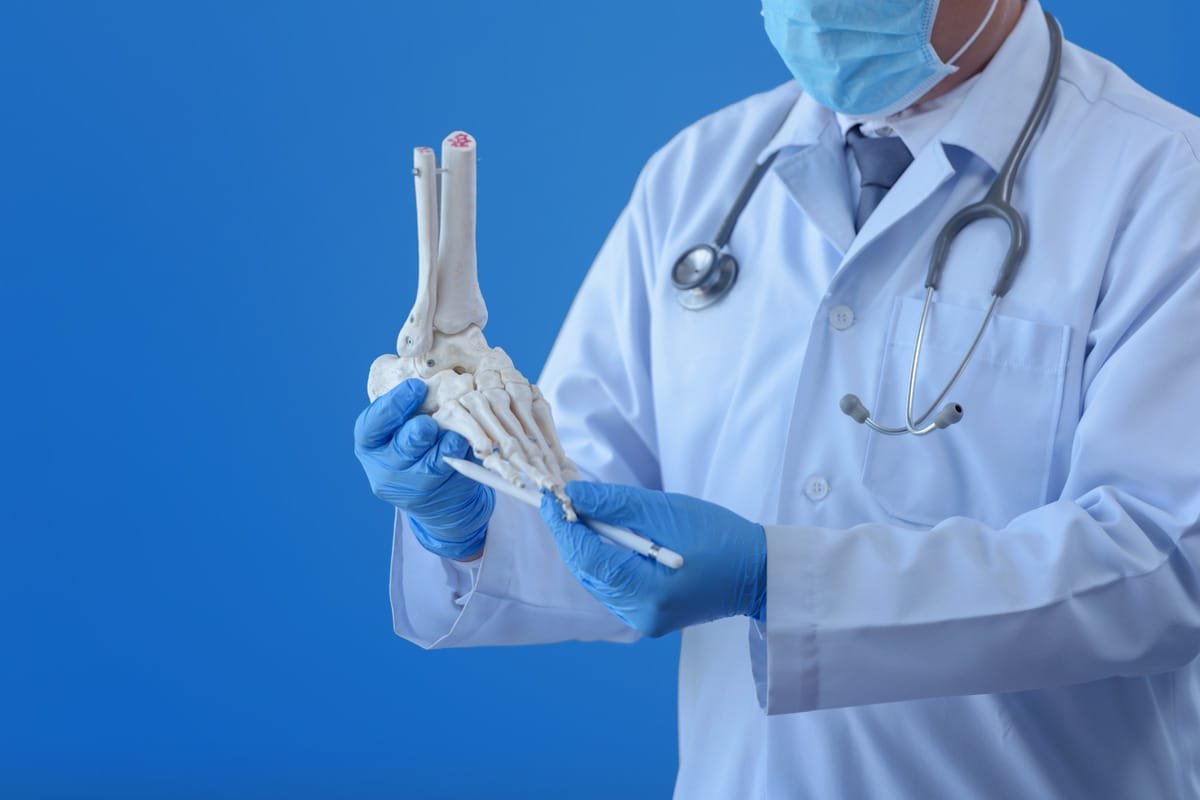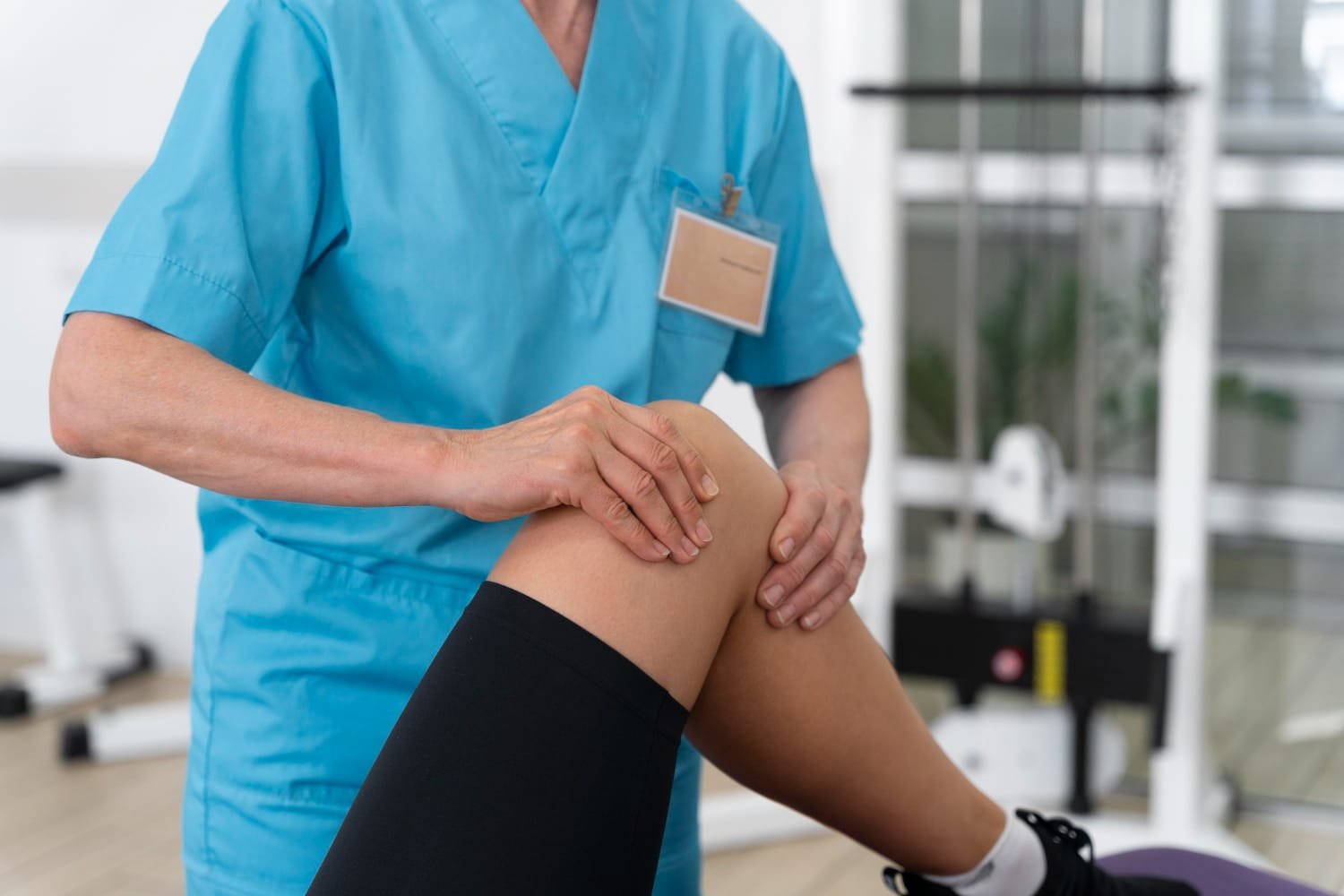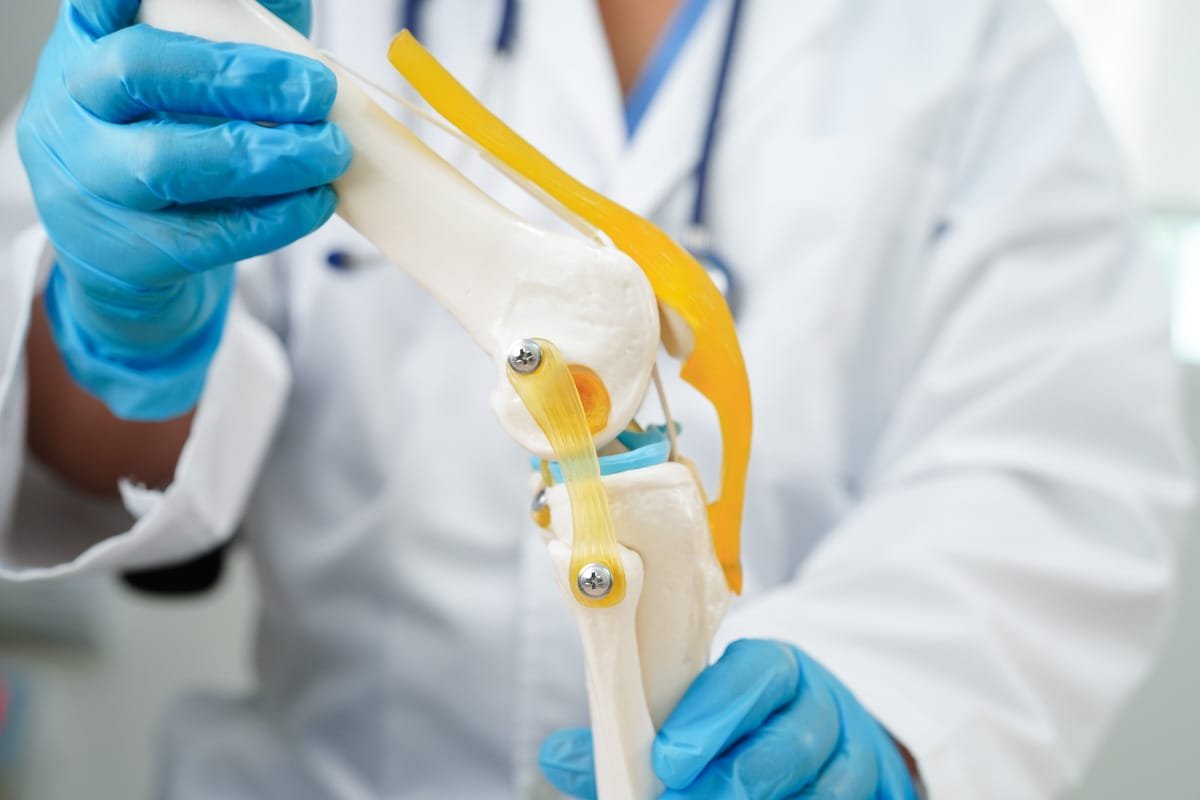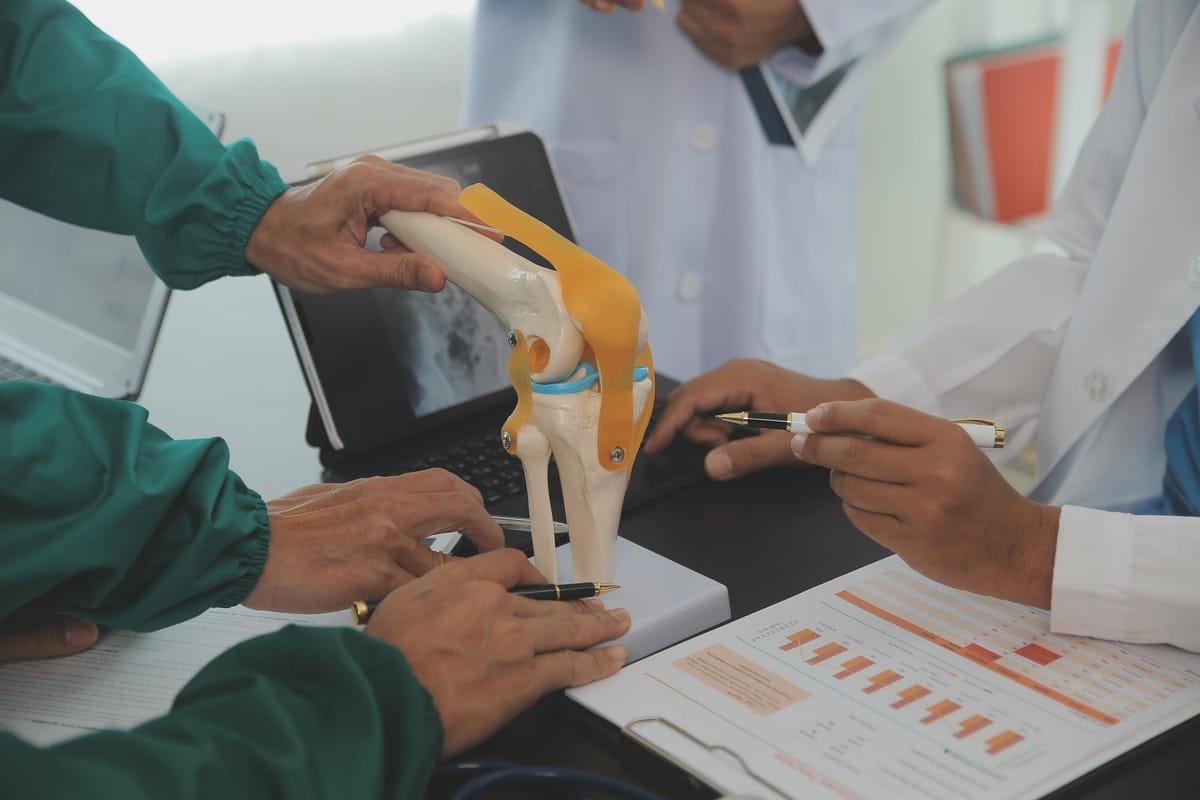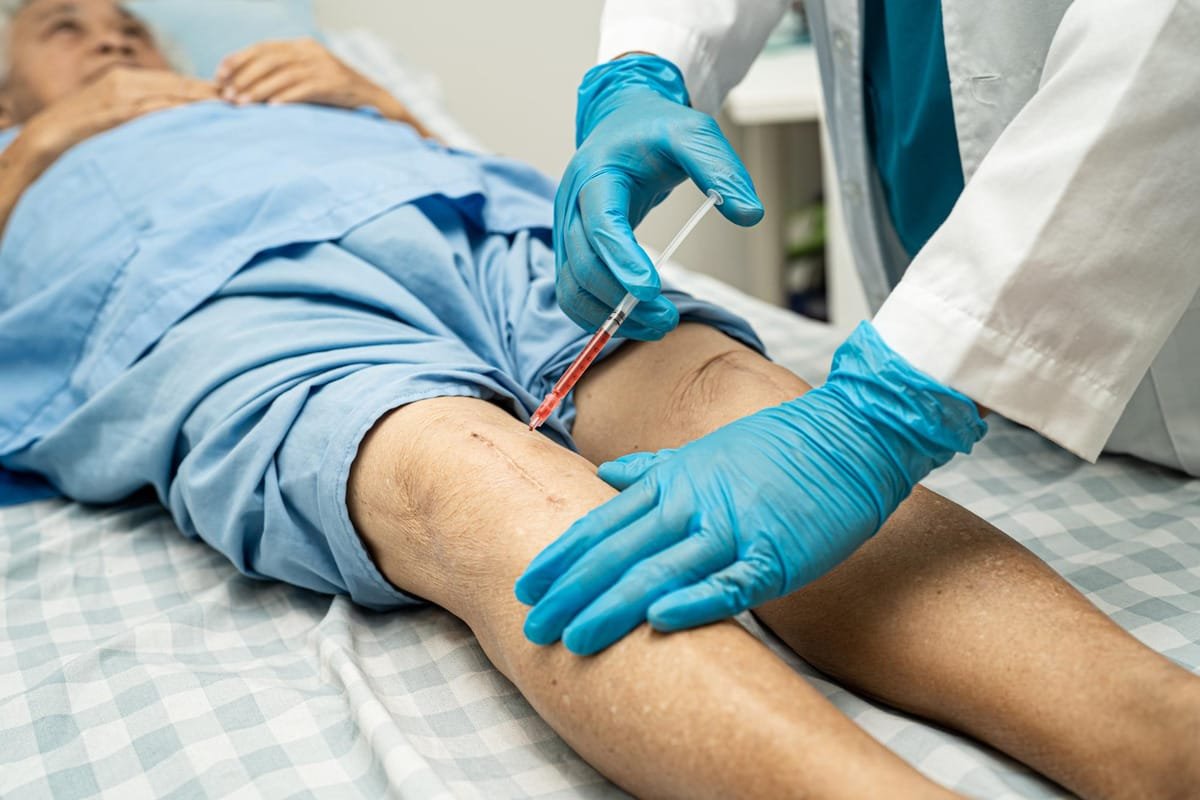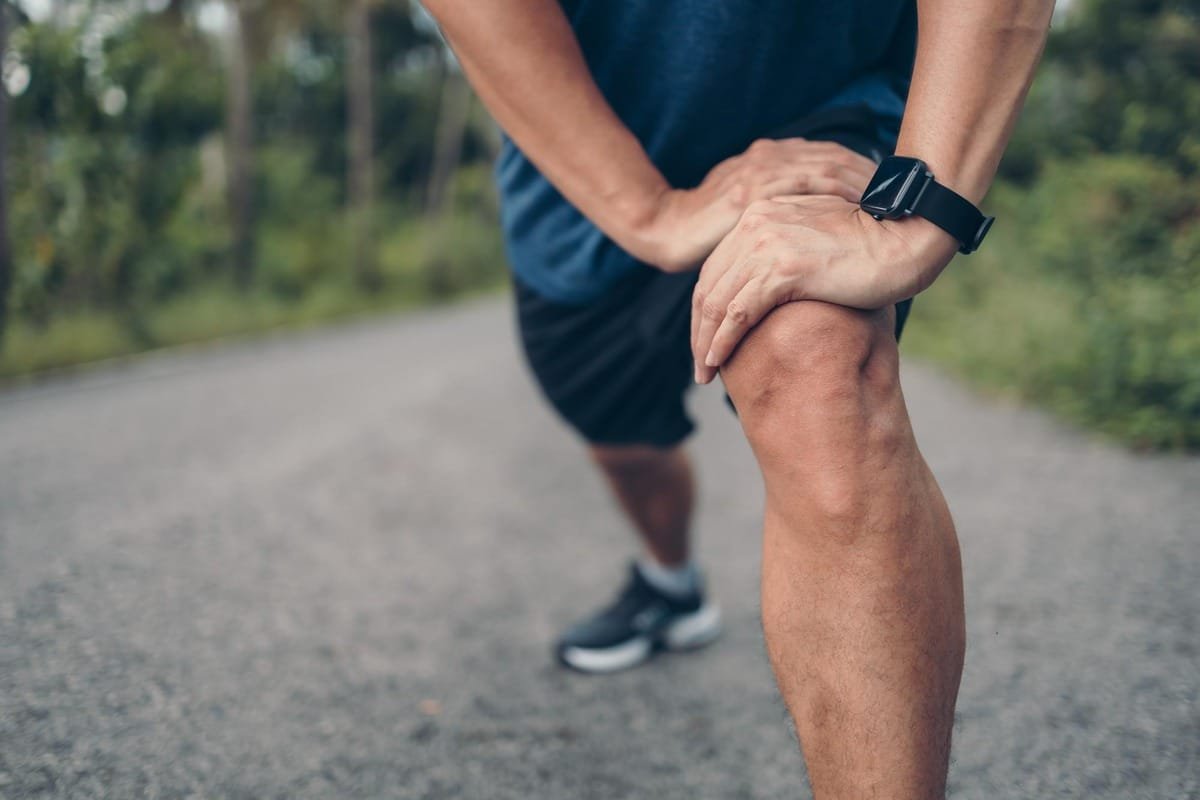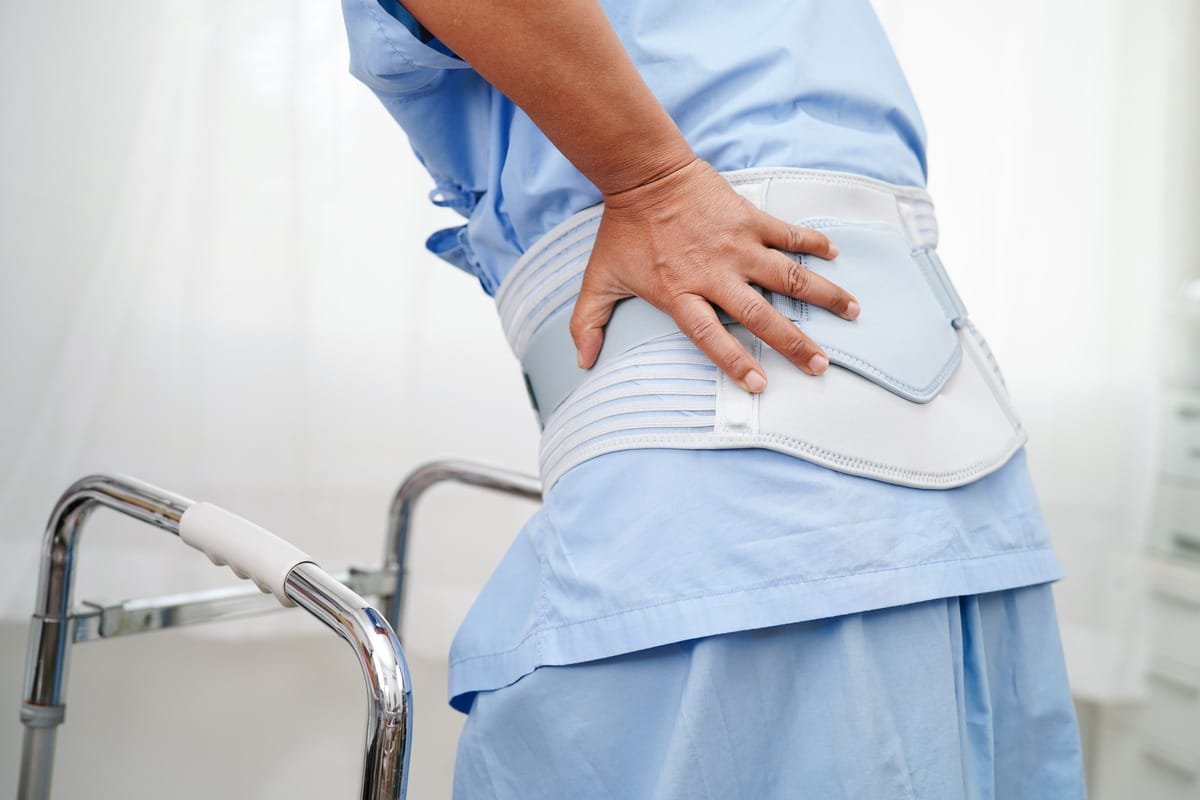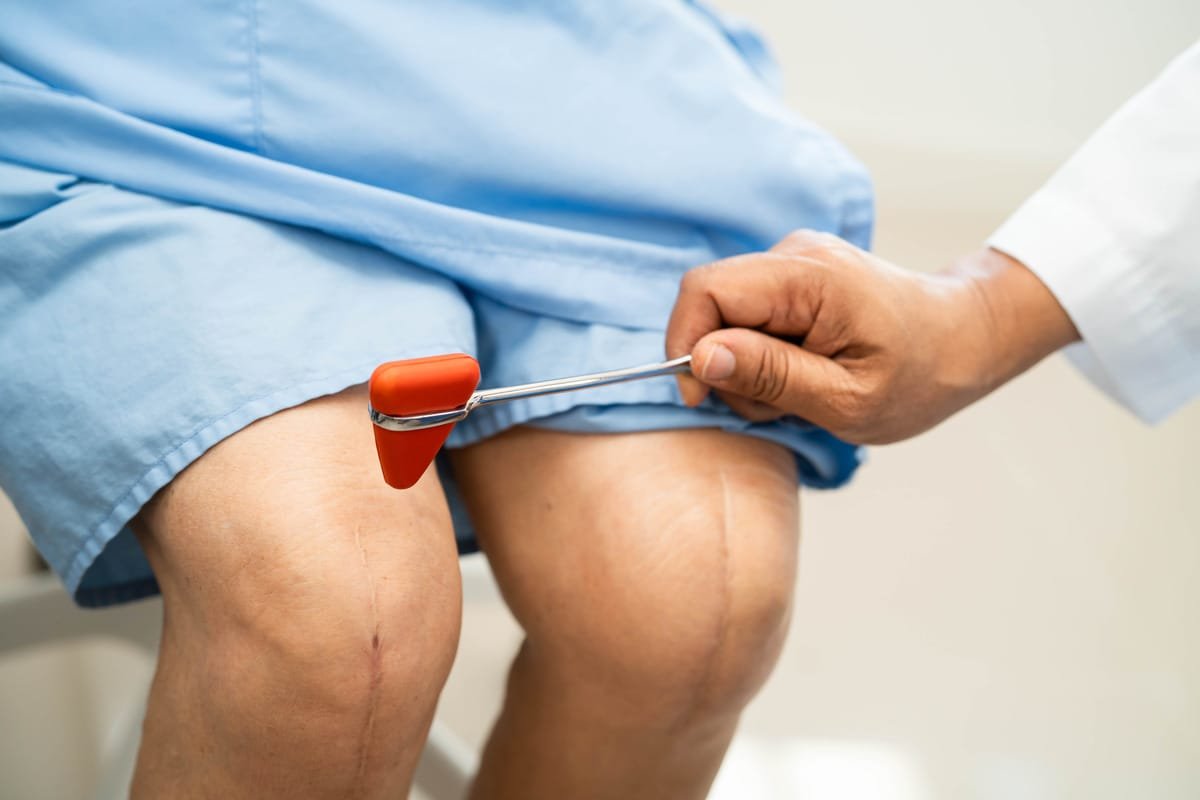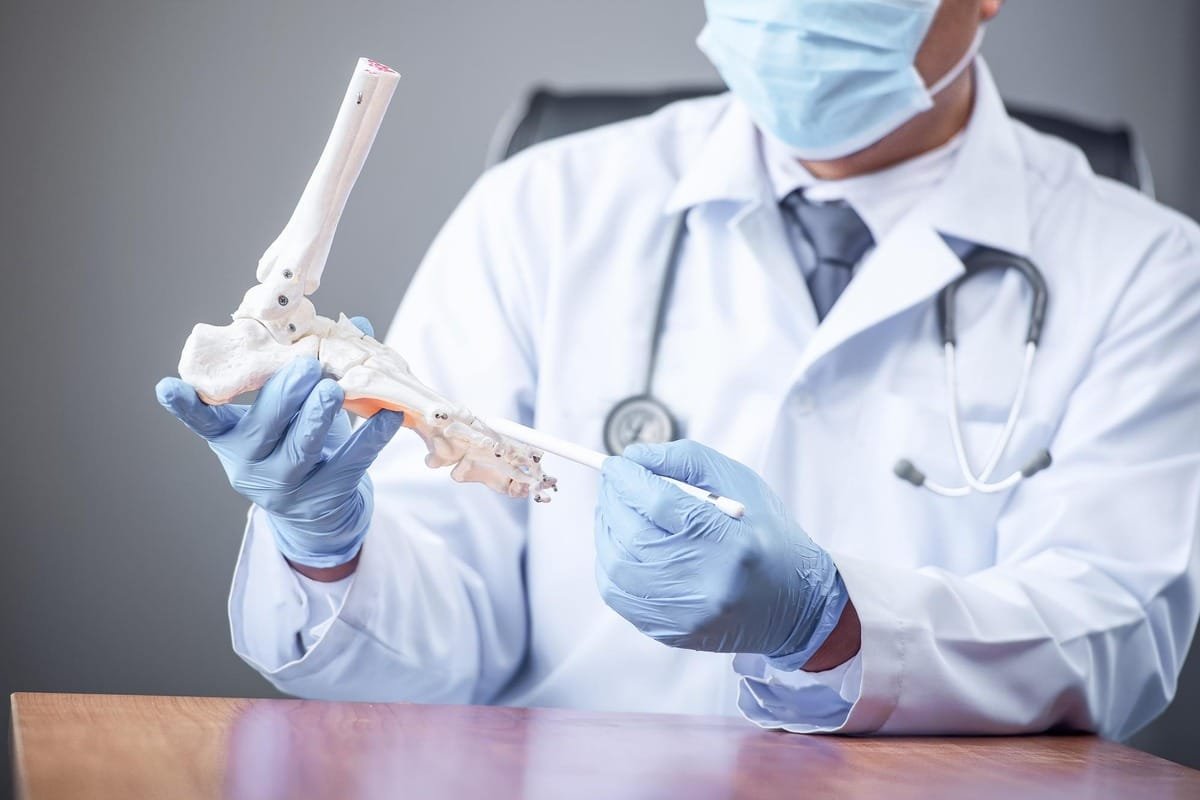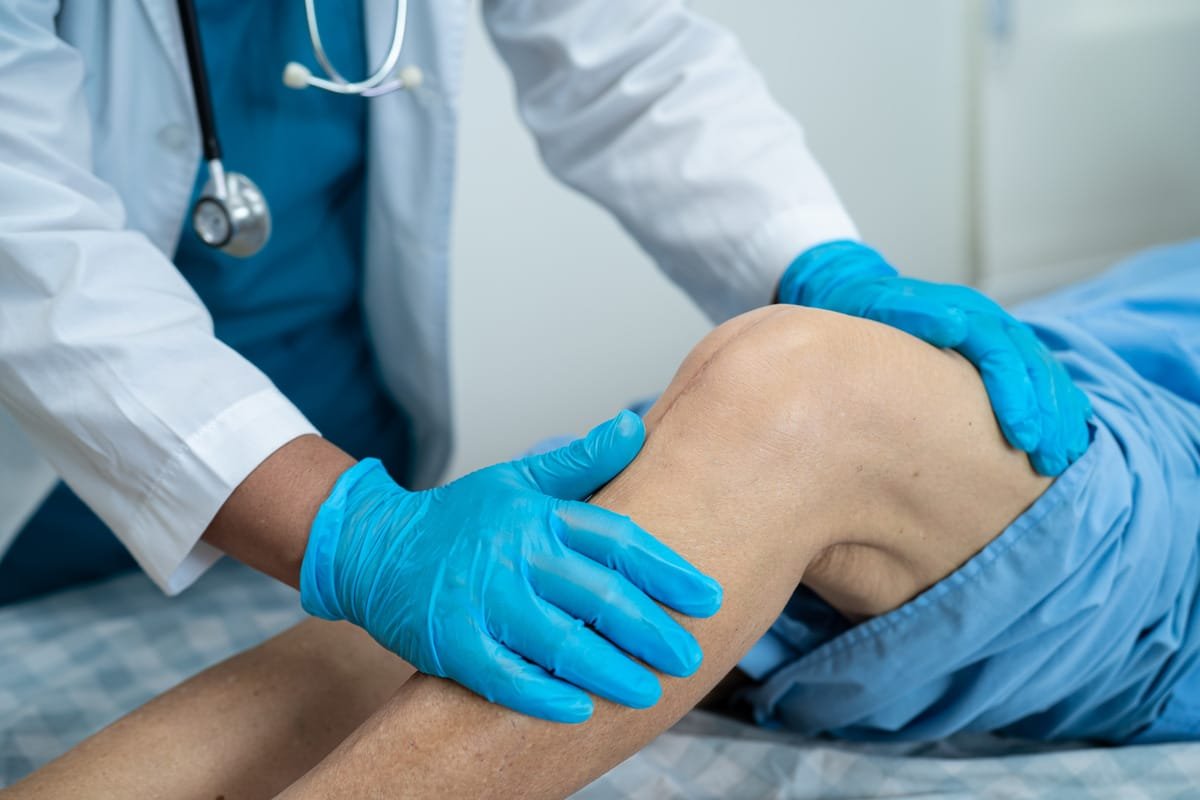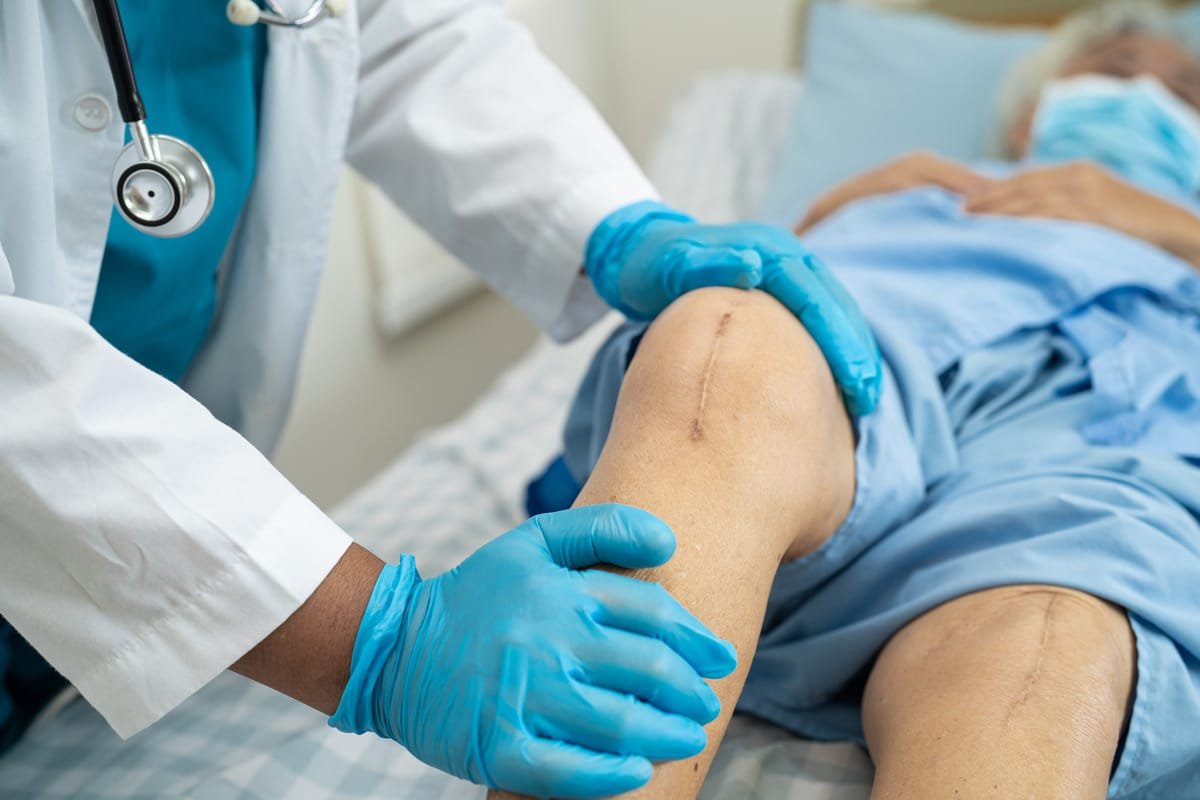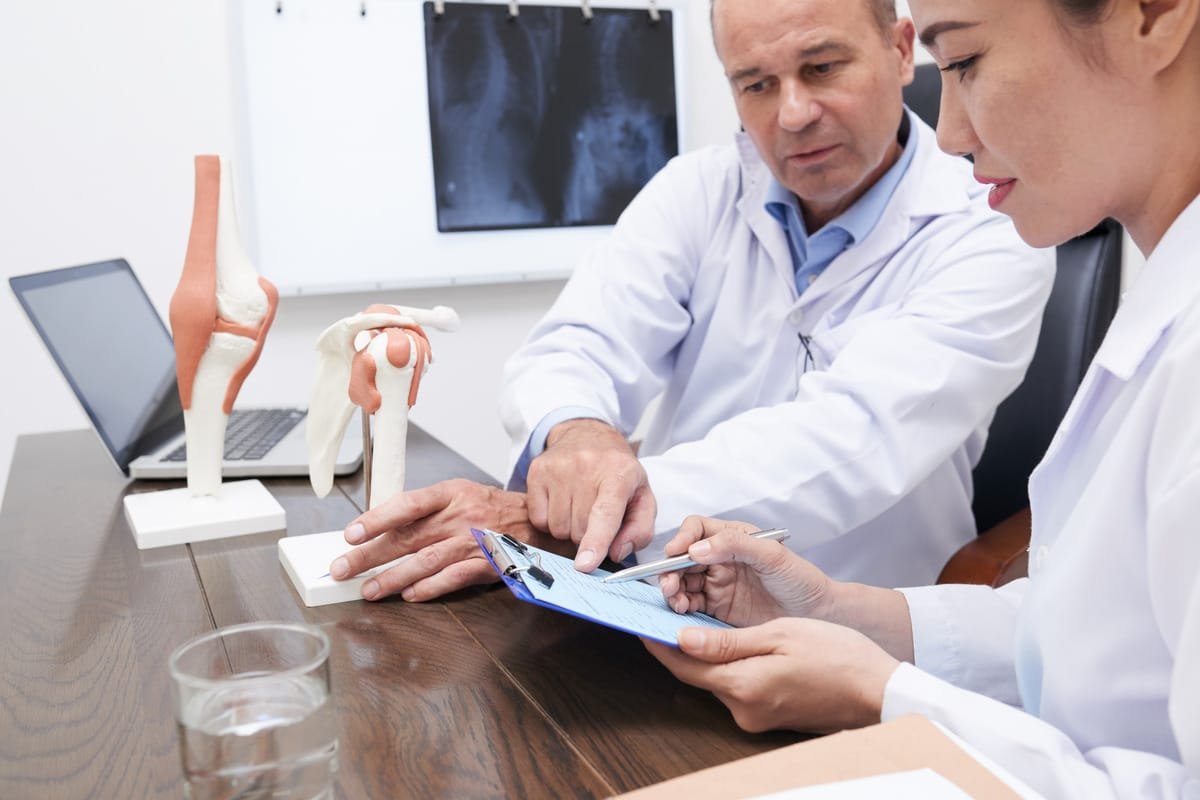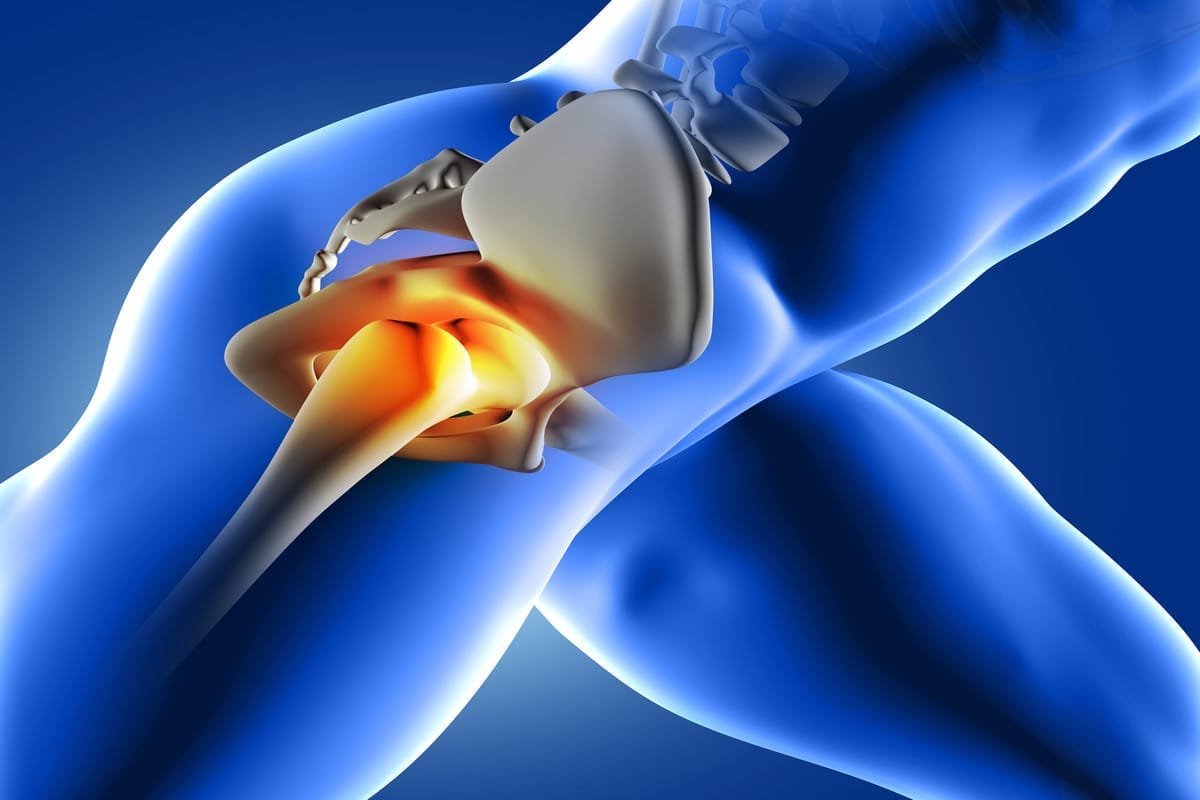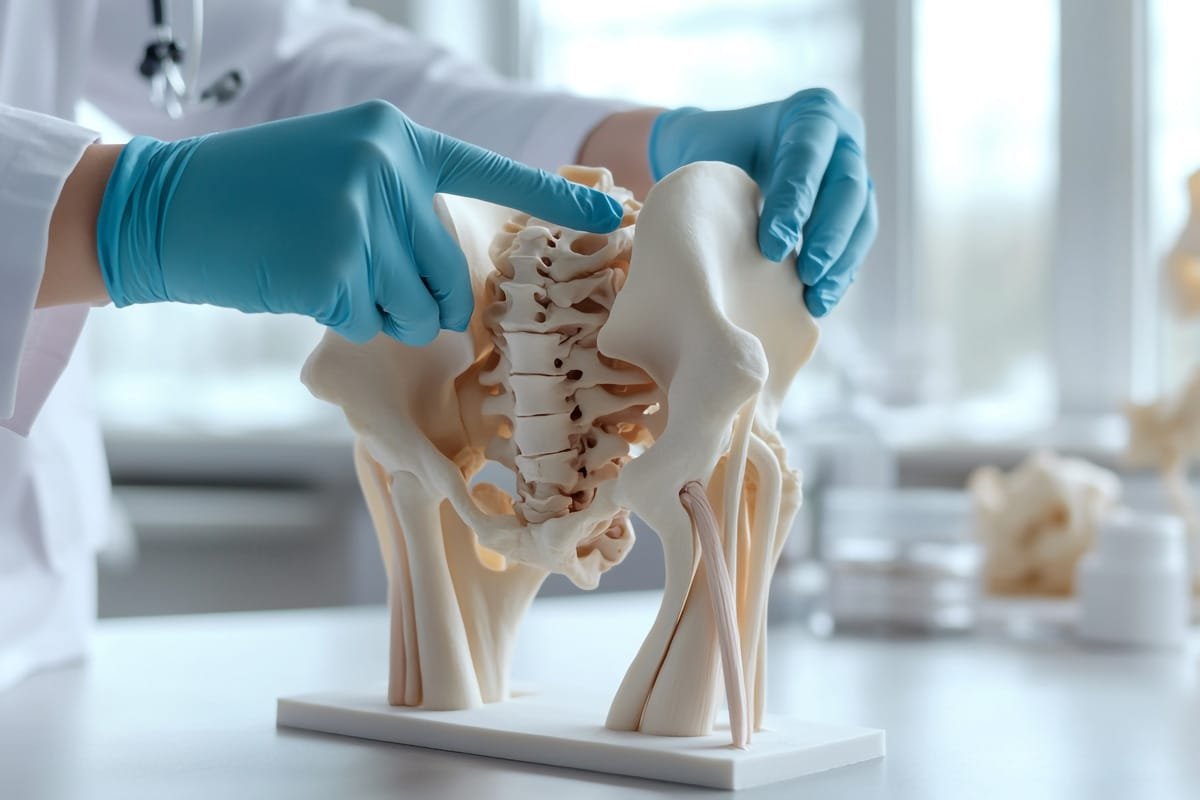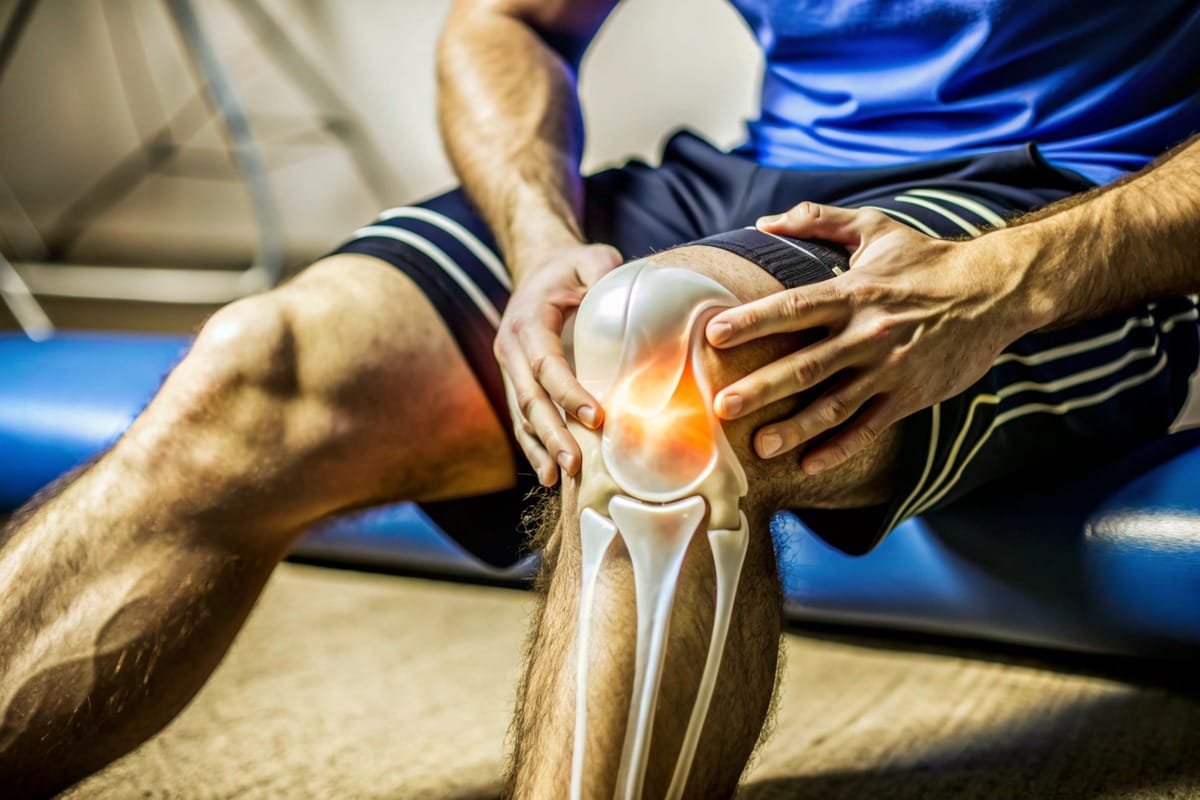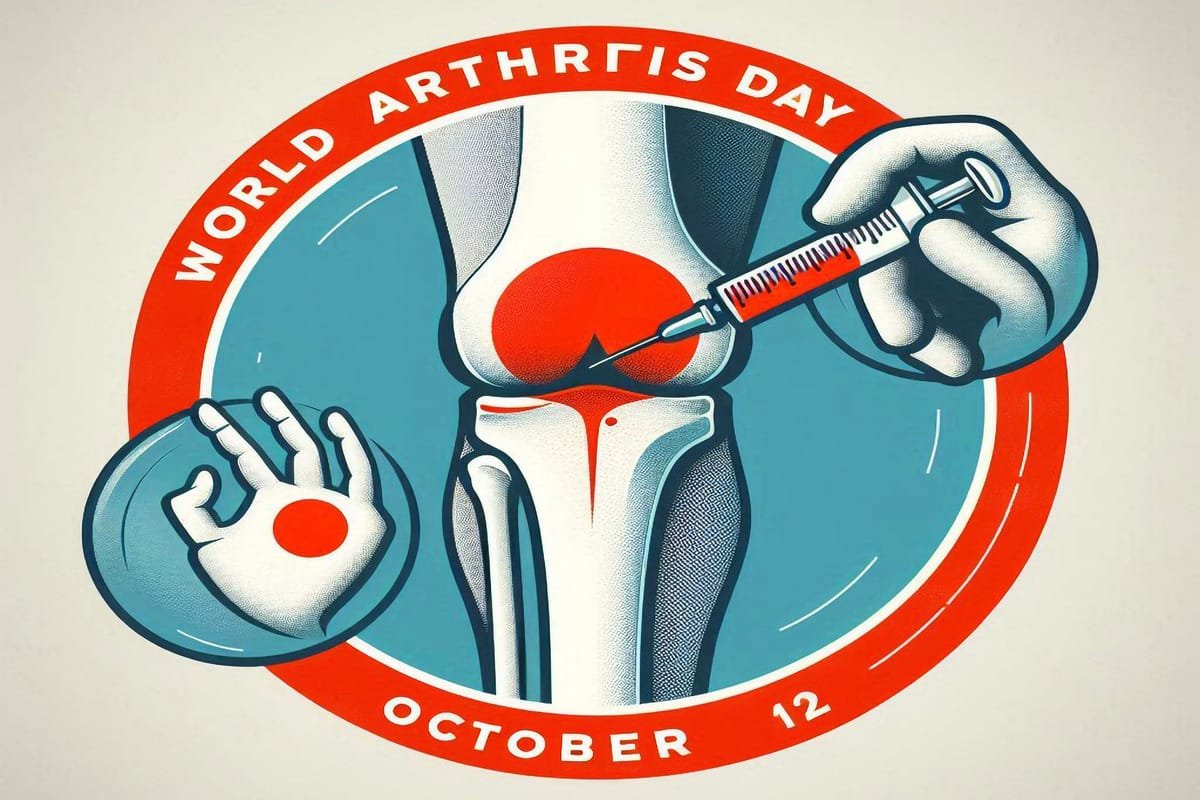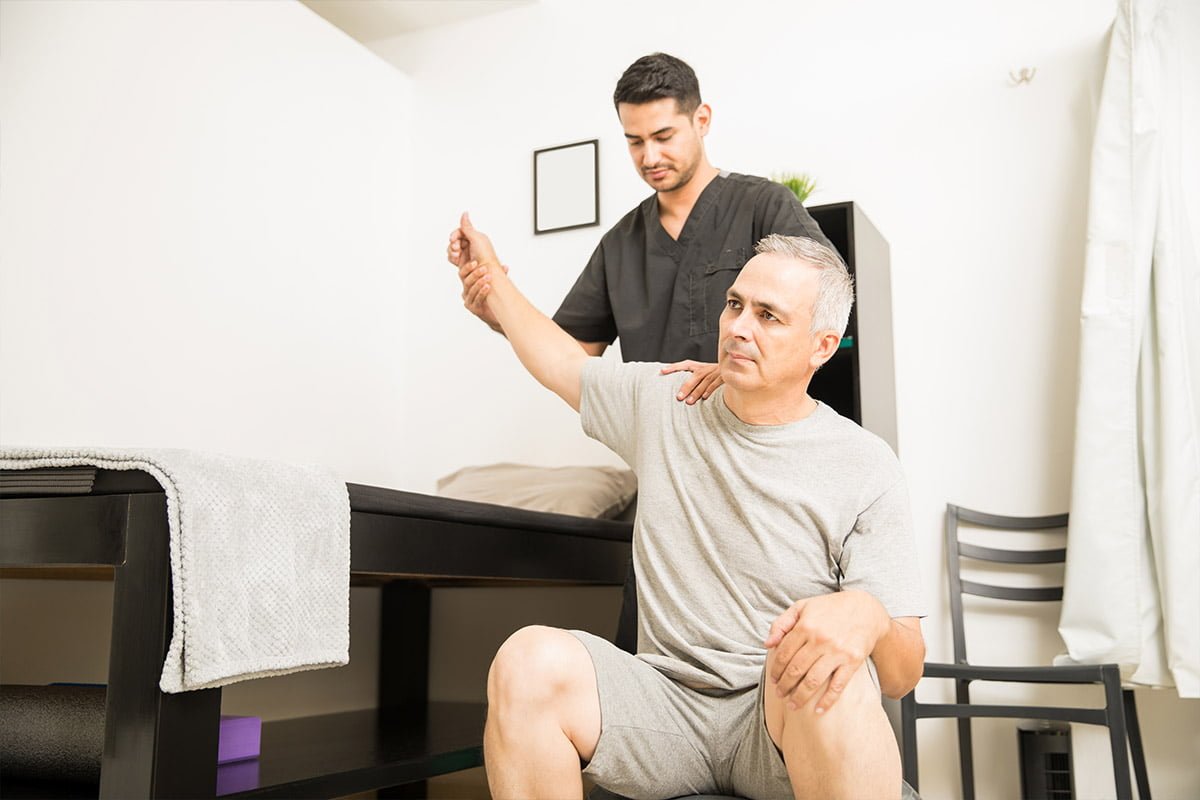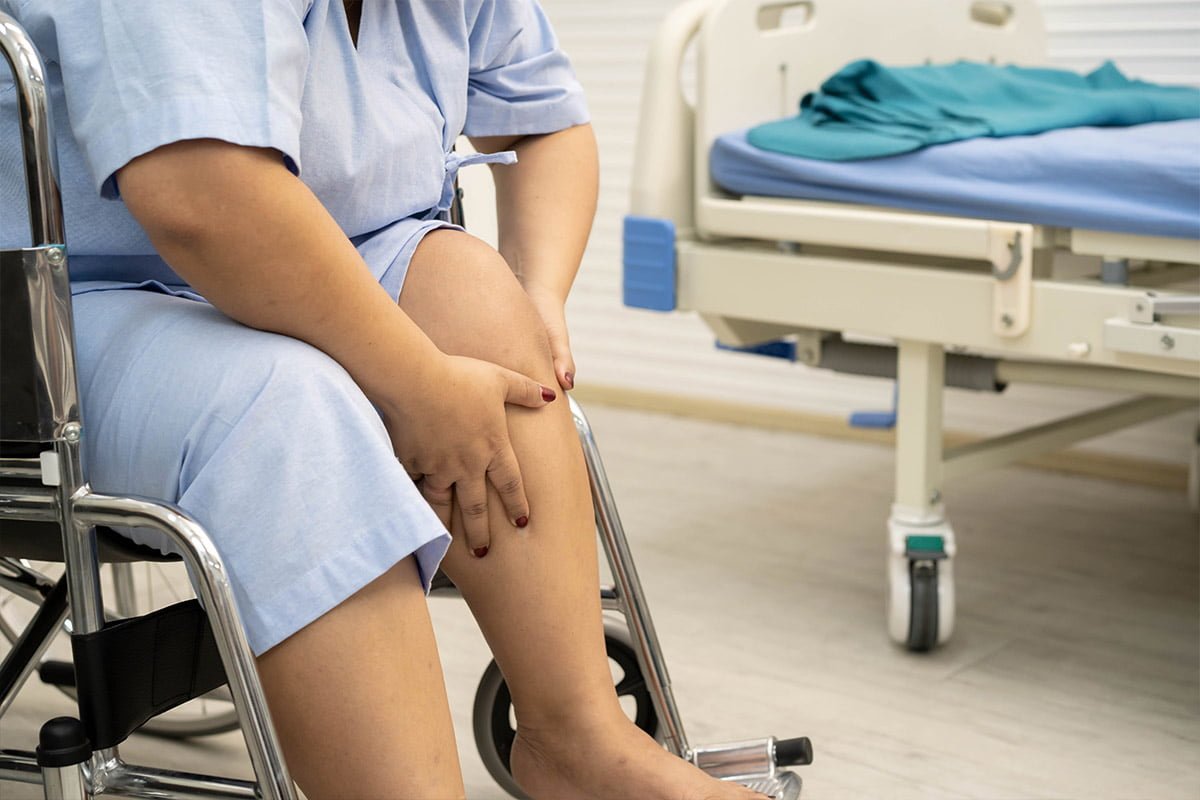
Do’s and Don’ts After Knee Replacement Surgery
July 15, 2025Expert Guidance by Dr. Deepak Mishra – Best Knee Replacement Surgeon in Faridabad
Knee replacement surgery is a life-changing procedure for individuals suffering from chronic knee pain, arthritis, or mobility issues. But the success of the surgery doesn’t end in the operating room—it continues at home, during the recovery phase. Knowing what to do (and what not to do) after surgery is critical for ensuring a smooth and speedy recovery.
According to Dr. Deepak Mishra, a renowned name in orthopedic care and the best Robotic knee replacement surgeon in India, following proper post-operative guidelines can significantly reduce complications and enhance long-term outcomes.
Understanding Knee Replacement Recovery
Whether it’s a total knee replacement or a robotic-assisted knee replacement, the recovery period is crucial for regaining mobility, reducing pain, and returning to daily activities. Most patients start walking with assistance within a day or two and continue rehabilitation for several weeks.
The following Do’s and Don’ts offer a comprehensive roadmap to help you recover confidently and safely.
Do’s After Knee Replacement Surgery
1. Follow Your Physiotherapy Schedule Religiously
Physical therapy is the foundation of your recovery. Exercises improve strength, flexibility, and range of motion in your new knee.
- Start with gentle range-of-motion exercises as advised.
- Gradually increase intensity under guidance.
- Dr. Deepak Mishra recommends continuing physiotherapy for at least 6–12 weeks.
2. Use Mobility Aids Initially
Crutches, a walker, or a cane will help maintain balance and prevent falls during the early phase of recovery.
- Don’t rush to walk without support.
- Transition to walking unaided only when your surgeon or physiotherapist clears you.
3. Take Prescribed Medications on Time
Painkillers and anti-inflammatory medications help control pain and swelling.
- Follow the dosage strictly.
- Never stop pain medications abruptly without consulting your doctor.
4. Keep the Surgical Site Clean and Dry
Proper wound care prevents infection and promotes healing.
- Change dressings as instructed.
- Watch for signs of infection like redness, warmth, or discharge.
5. Elevate Your Leg to Reduce Swelling
Place pillows under the ankle (not behind the knee) to elevate your leg.
- Helps reduce fluid build-up and improves circulation.
- Avoid prolonged standing during the early phase.
6. Maintain a Healthy Diet
Nutrition plays a vital role in tissue repair and bone strength.
- Eat protein-rich foods, fruits, and vegetables.
- Stay hydrated and avoid excess salt to reduce swelling.
7. Attend Follow-Up Appointments
Regular checkups with your orthopedic surgeon are essential.
- Dr. Deepak Mishra closely monitors post-surgical progress to make timely adjustments to your care plan.
Don’ts After Knee Replacement Surgery
1. Don’t Ignore Pain or Swelling
Mild discomfort is normal, but sudden, severe pain or swelling could indicate complications like infection or blood clots.
- Inform your doctor immediately if symptoms worsen.
2. Don’t Sit or Lie Still for Long Periods
Inactivity increases the risk of blood clots and stiffness.
- Try to move every 1–2 hours, even if it’s just changing position or doing ankle pumps.
3. Don’t Cross Your Legs
Crossing legs places strain on your new knee joint and may dislocate the prosthesis.
- Sit with feet flat on the floor and knees apart.
4. Don’t Use Stairs Without Support
Until your muscles regain strength, stairs can be risky.
- Use handrails and take one step at a time.
- Avoid carrying weight while climbing stairs.
5. Don’t Soak Your Wound in Water
Avoid swimming or bathing in tubs until your wound is fully healed.
- Stick to sponge baths or quick showers.
- Ask your doctor before resuming water-based activities.
6. Don’t Drive Too Soon
Reaction times are reduced after surgery due to pain and medications.
- Driving is generally allowed 4–6 weeks post-surgery or as advised.
- Your right knee recovery may delay return to driving longer.
7. Don’t Resume High-Impact Activities
Activities like running, jumping, or contact sports can damage your implant.
- Stick to low-impact exercises like walking, swimming, or cycling.
- Always consult your surgeon before resuming any physical activity.
Expert Advice from Dr. Deepak Mishra
“Successful knee replacement surgery depends as much on the post-operative care as it does on the surgery itself,” says Dr. Deepak Mishra, an eminent orthopedic surgeon known for his expertise in robotic knee replacement.
He adds, “Following the right post-surgical guidelines helps patients return to their normal lives faster, with less pain and better function.”
As the best knee replacement surgeon in Faridabad, Dr. Mishra combines advanced surgical techniques with a patient-centered approach to ensure optimal outcomes.
Summary: Quick Checklist of Do’s and Don’ts
| Do’s | Don’ts |
|---|---|
| Follow physiotherapy | Don’t sit idle for long |
| Use walking aids | Don’t cross your legs |
| Take medications | Don’t soak the wound |
| Elevate the leg | Don’t climb stairs unsupervised |
| Maintain hygiene | Don’t delay follow-ups |
| Eat well | Don’t ignore signs of infection |
Consult the Best for Your Knee Health
Whether you are planning a knee replacement or are in recovery, expert guidance is crucial. Trust the best in the field:
Dr. Deepak Mishra – Best Knee Replacement Surgeon in Faridabad
Specialist in Robotic & Total Knee Replacement Surgery
Book Your Consultation: +91 8287334003
Recent Blogs
-
 The Difference Between ACL Tear, Sprain, and Rupture
The Difference Between ACL Tear, Sprain, and Rupture- 16, October 2025
-
 Post-ACL Surgery Do’s and Don’ts
Post-ACL Surgery Do’s and Don’ts- 16, October 2025
-
 Early Signs You Might Have an ACL Injury (and When to See a Doctor)
Early Signs You Might Have an ACL Injury (and When to See a Doctor)- 16, October 2025
-
 Does Insurance Cover Robotic Knee Replacement Surgery?
Does Insurance Cover Robotic Knee Replacement Surgery?- 6, October 2025
-
 When Can You Return to Sports After Robotic Knee Replacement?
When Can You Return to Sports After Robotic Knee Replacement?- 6, October 2025
-
 Impact of Obesity on Knee Replacement Surgery and Recovery
Impact of Obesity on Knee Replacement Surgery and Recovery- 30, September 2025
-
 Early vs. Delayed Knee Replacement: Which Is Better?
Early vs. Delayed Knee Replacement: Which Is Better?- 30, September 2025
-
 How Durable Are Knee Implants? A Complete Guide
How Durable Are Knee Implants? A Complete Guide- 24, September 2025
-
 Can You Play Sports After Knee Replacement Surgery?
Can You Play Sports After Knee Replacement Surgery?- 24, September 2025
-
 Key Benefits of Revision Hip Replacement You Should Know
Key Benefits of Revision Hip Replacement You Should Know- 15, September 2025
-
 Revision Hip Replacement vs. Primary Hip Replacement: Key Differences
Revision Hip Replacement vs. Primary Hip Replacement: Key Differences- 15, September 2025
-

-
 Total Knee Replacement Complications: What You Need to Know
Total Knee Replacement Complications: What You Need to Know- 5, September 2025
-
 Can You Play Sports After Hip Replacement Surgery?
Can You Play Sports After Hip Replacement Surgery?- 26, August 2025
-
 Preparing for Knee Replacement: Do’s and Don’ts Before Surgery
Preparing for Knee Replacement: Do’s and Don’ts Before Surgery- 26, August 2025
-

-
 What to Know About Knee Replacement Revision Surgery
What to Know About Knee Replacement Revision Surgery- 18, August 2025
-
 Cost of Hip Replacement in India – What Patients Should Know
Cost of Hip Replacement in India – What Patients Should Know- 11, August 2025
-

-
 Who Is the Best Orthopedic Doctor for Sports Injuries?
Who Is the Best Orthopedic Doctor for Sports Injuries?- 27, July 2025
-
 Success Rate of Robotic Knee Replacement in India
Success Rate of Robotic Knee Replacement in India- 27, July 2025
-
 Why Surgeons Are Switching to Robotic Knee Replacements
Why Surgeons Are Switching to Robotic Knee Replacements- 15, July 2025
-
 Do’s and Don’ts After Knee Replacement Surgery
Do’s and Don’ts After Knee Replacement Surgery- 15, July 2025
-
 Best Robotic Knee Replacement in India
Best Robotic Knee Replacement in India- 7, July 2025
-
 Affordable Robotic Knee Replacement in India
Affordable Robotic Knee Replacement in India- 7, July 2025
-

-

-

-

-

-

-

-
 Orthopedic Meaning, Definition, Types, and More
Orthopedic Meaning, Definition, Types, and More- 6, June 2025
-
 What Are the Most Common Orthopedic Surgeries?
What Are the Most Common Orthopedic Surgeries?- 24, May 2025
-
 What Does an Orthopedic Doctor Do?
What Does an Orthopedic Doctor Do?- 24, May 2025
-

-

-

-
 Best Orthopedic Doctor for Knee Pain in Faridabad
Best Orthopedic Doctor for Knee Pain in Faridabad- 12, May 2025
-
 How to Prevent Knee Pain with Orthopedic Expert Tips
How to Prevent Knee Pain with Orthopedic Expert Tips- 29, April 2025
-

-
 Best Orthopedic Treatment in Faridabad: What You Should Know
Best Orthopedic Treatment in Faridabad: What You Should Know- 29, April 2025
-

-

-
 Best Knee Replacement Surgeon in Mathura
Best Knee Replacement Surgeon in Mathura- 14, April 2025
-
 Best Knee Replacement Surgeon in Hodal
Best Knee Replacement Surgeon in Hodal- 14, April 2025
-
 Best Knee Replacement Surgeon in Palwal
Best Knee Replacement Surgeon in Palwal- 14, April 2025
-

-

-

-
 Benefits of Minimally Invasive Knee Surgery
Benefits of Minimally Invasive Knee Surgery- 24, March 2025
-
 Types of Knee Implants
Types of Knee Implants- 17, March 2025
-
 Best knee Replacement Surgeon in India
Best knee Replacement Surgeon in India- 17, March 2025
-

-
 How to Recover Quickly After Knee Replacement Surgery
How to Recover Quickly After Knee Replacement Surgery- 10, March 2025
-

-

-

-
 Minimally Invasive Arthroplasty: Benefits and Recovery Advantages
Minimally Invasive Arthroplasty: Benefits and Recovery Advantages- 24, February 2025
-
 Common Mistakes to Avoid After Joint Replacement Surgery
Common Mistakes to Avoid After Joint Replacement Surgery- 24, February 2025
-
 Choosing the Right Hip Replacement Surgeon: A Comprehensive Guide
Choosing the Right Hip Replacement Surgeon: A Comprehensive Guide- 17, February 2025
-
 Restoring Mobility: The Role of Knee Replacement Doctors
Restoring Mobility: The Role of Knee Replacement Doctors- 17, February 2025
-
 Orthopedic Trauma Care for Athletes
Orthopedic Trauma Care for Athletes- 6, February 2025
-
 Best Doctor for ACL Tear Treatment
Best Doctor for ACL Tear Treatment- 6, February 2025
-
 Best Sports Medicine Doctor for Knee Injuries
Best Sports Medicine Doctor for Knee Injuries- 6, February 2025
-
 Orthopedic Surgeons: 7 Things You Need to Know
Orthopedic Surgeons: 7 Things You Need to Know- 27, January 2025
-
 Best Joint Replacement Surgeon in Greater Faridabad
Best Joint Replacement Surgeon in Greater Faridabad- 27, January 2025
-
 Best Knee Replacement Surgeon in Palwal
Best Knee Replacement Surgeon in Palwal- 20, January 2025
-
 Best Knee Replacement Surgeon in South Delhi
Best Knee Replacement Surgeon in South Delhi- 20, January 2025
-
 Signs You May Need a Knee Replacement: Insights from a Surgeon
Signs You May Need a Knee Replacement: Insights from a Surgeon- 13, January 2025
-
 Restoring Mobility: The Role of Knee Replacement Doctor
Restoring Mobility: The Role of Knee Replacement Doctor- 13, January 2025
-
 Robotic Knee Replacement Surgery in Delhi
Robotic Knee Replacement Surgery in Delhi- 30, December 2024
-
 Robotic Orthopedic Surgery: Revolutionizing Joint Replacement and Repair
Robotic Orthopedic Surgery: Revolutionizing Joint Replacement and Repair- 30, December 2024
-
 Robotic Knee Replacement vs. Traditional Surgery: A Comparative Guide
Robotic Knee Replacement vs. Traditional Surgery: A Comparative Guide- 23, December 2024
-
 How to Make Joints Stronger: A Comprehensive Guide
How to Make Joints Stronger: A Comprehensive Guide- 23, December 2024
-
 Common Knee Conditions and How a Knee Surgeon Can Help
Common Knee Conditions and How a Knee Surgeon Can Help- 16, December 2024
-

-

-
 Orthopedic Surgeons: 7 Things You Need to Know
Orthopedic Surgeons: 7 Things You Need to Know- 6, December 2024
-
 Top 5 Mistakes After Knee Replacement
Top 5 Mistakes After Knee Replacement- 25, November 2024
-
 Advantages and Disadvantages of Robotic Knee Replacement
Advantages and Disadvantages of Robotic Knee Replacement- 25, November 2024
-
 When to See an Orthopedic Specialist: Recognizing Early Signs
When to See an Orthopedic Specialist: Recognizing Early Signs- 15, November 2024
-
 Benefits of Robotic-Assisted Knee Replacement Surgery
Benefits of Robotic-Assisted Knee Replacement Surgery- 15, November 2024
-
 Knee Replacement Surgery Cost
Knee Replacement Surgery Cost- 8, November 2024
-
 Best Robotic Knee Replacement Surgeon in Faridabad
Best Robotic Knee Replacement Surgeon in Faridabad- 8, November 2024
-

-
 Knee Replacement Surgery: Types, Benefits, and Recovery Timeline
Knee Replacement Surgery: Types, Benefits, and Recovery Timeline- 28, October 2024
-
 What is Osteoporosis? Symptoms, Causes, and Prevention
What is Osteoporosis? Symptoms, Causes, and Prevention- 21, October 2024
-
 Signs It’s Time for a Knee Replacement: When to Consult a Surgeon
Signs It’s Time for a Knee Replacement: When to Consult a Surgeon- 18, October 2024
-
 Understanding Different Types of Arthritis: Symptoms and Causes
Understanding Different Types of Arthritis: Symptoms and Causes- 11, October 2024
-
 Taking Care After Knee Replacement Surgery
Taking Care After Knee Replacement Surgery- 15, December 2022
-
 Amazing Ways to Get Relief from Arthritis Pain Naturally
Amazing Ways to Get Relief from Arthritis Pain Naturally- 2, December 2022
-

-
 How Does Fat Affect Arthritis?
How Does Fat Affect Arthritis?- 4, November 2022

